Getting Started on Your Next Design Project
paul halferty
Starting a new home design project can be an exciting time. The possibilities are endless, the ideas are flowing, and you’re ready to jump in head first!
But wait! Slow down! Good design doesn’t just happen.
We’ve outlined four steps to help you get clear on what it is you’re trying to achieve. Steps that will help eliminate frustration, allow you to enjoy the process from start to finish, arm you with a full proof plan for future projects, so that you can create a space that is uniquely you.
1. Plan for the Way You Live
We all want our spaces to be beautiful, but if they don’t function well, it’s hard to be comfortable. In thinking about the function of the space, it’s important to define how you want to live. What about your space is working well and what is not working, and why? Start by asking yourself:
Who will be using this space? What do you want this room to feel like? and How do you want this space to function?
2. Gather Ideas
Gathering ideas and inspiration is the fun part. There is no shortage of visuals to peruse on the internet. Pinterest, decorating and interior design blogs, online magazines, or traditionally printed books or magazines are all great resources that you can draw from.
The visuals you choose will help you define your style, and gain clarity on the things you are drawn to. Look for themes to emerge as you gather ideas. Are there common colors, patterns, and shapes? Maybe you prefer contrast to a more monochromatic palette? What about layout? Is symmetry your thing? What sort of textures do you prefer?
3. Create a Mood Board
Creating a mood board is akin to a writing an outline, but in design you’re creating an outline with visuals. Narrow down the visuals you collected in the Ideas stage to create a digital or physical collage of images that inspire you the most and that represent your style and the way you want to live.
4. Research & Budget
Now that you’ve nailed down a direction for your design and have a mood board to guide you, spend time researching products available on the market that fit within the aesthetic that you’ve worked so hard on.
In this stage, you’ll gain an understanding not only of type of products on the market but you’ll have a ballpark figure in mind which will help formulate a budget. It’s recommended that you create a spreadsheet for tracking expenses. Seeing where the money is going will keep spending from getting out of control. Having a budget will also force you to make thoughtful choices that bring the most value to your space.
We hope this planning method has provided some actionable steps to seeing your ideas come to life in your home. By taking the time up front to learn about the things that are most important to you, you’ll have confidence in yourself, a defined sense of style, and a formula to refer back to for future projects.
Looking for some inspiration?
Still need some help?
Related Posts


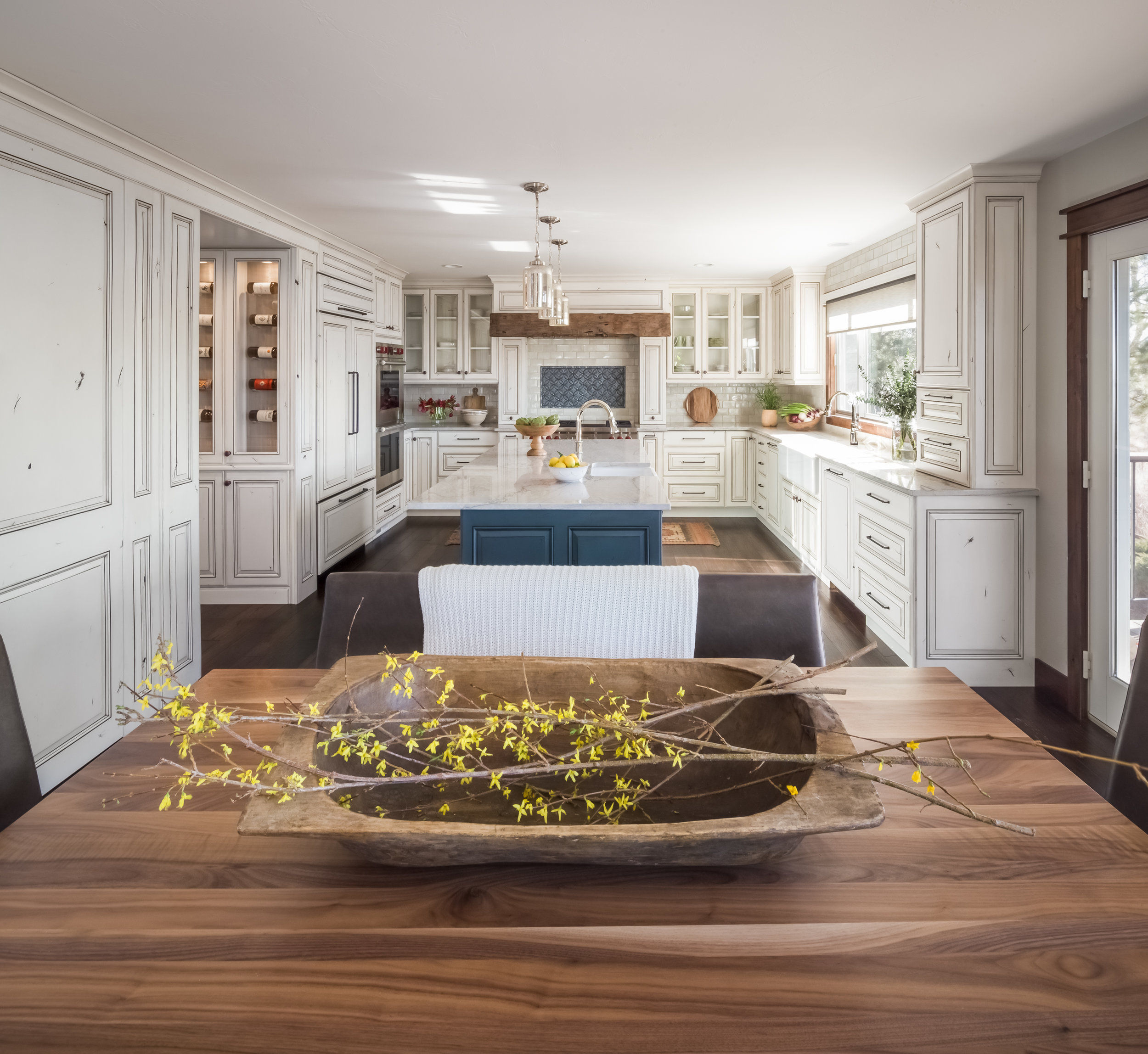
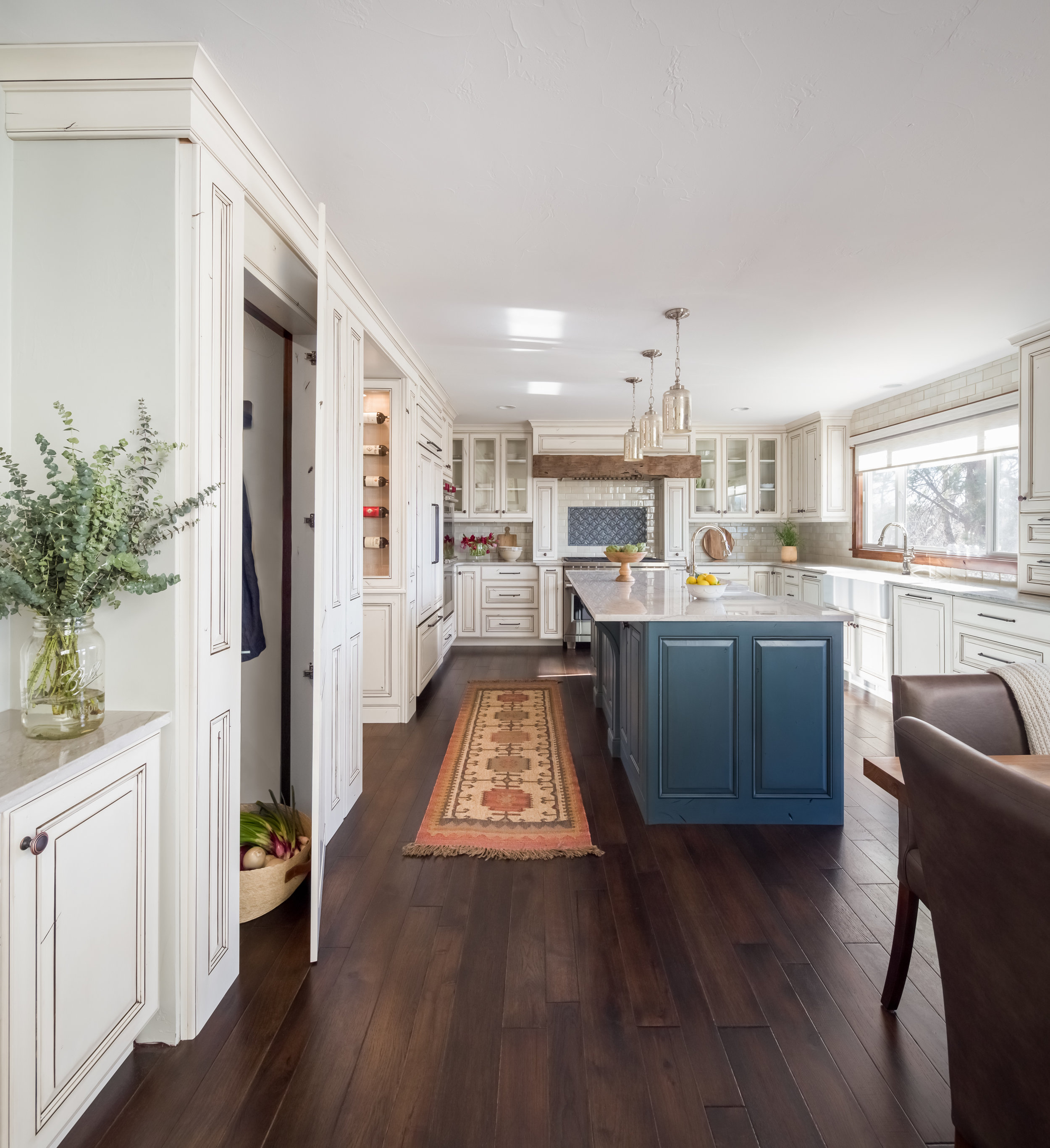
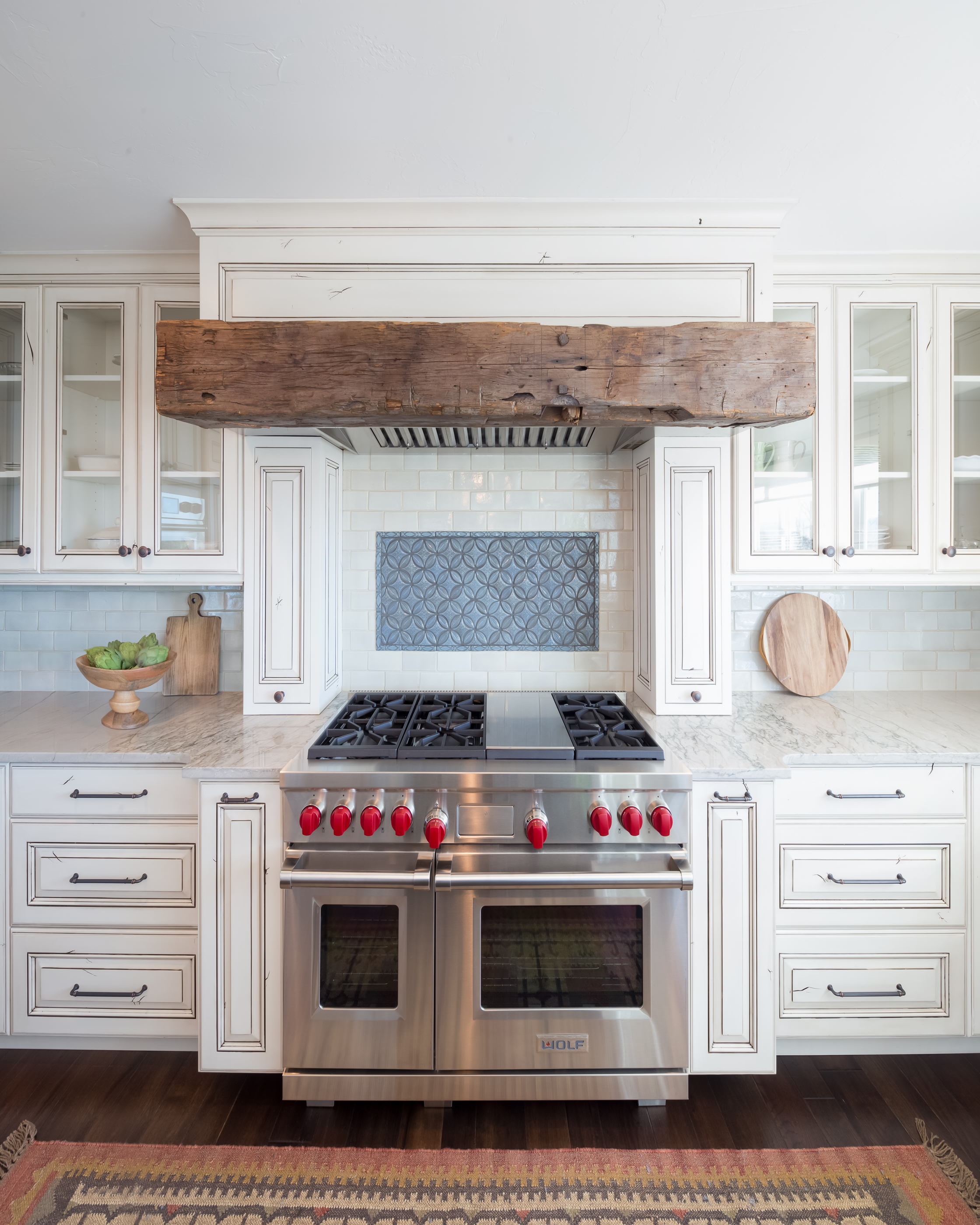

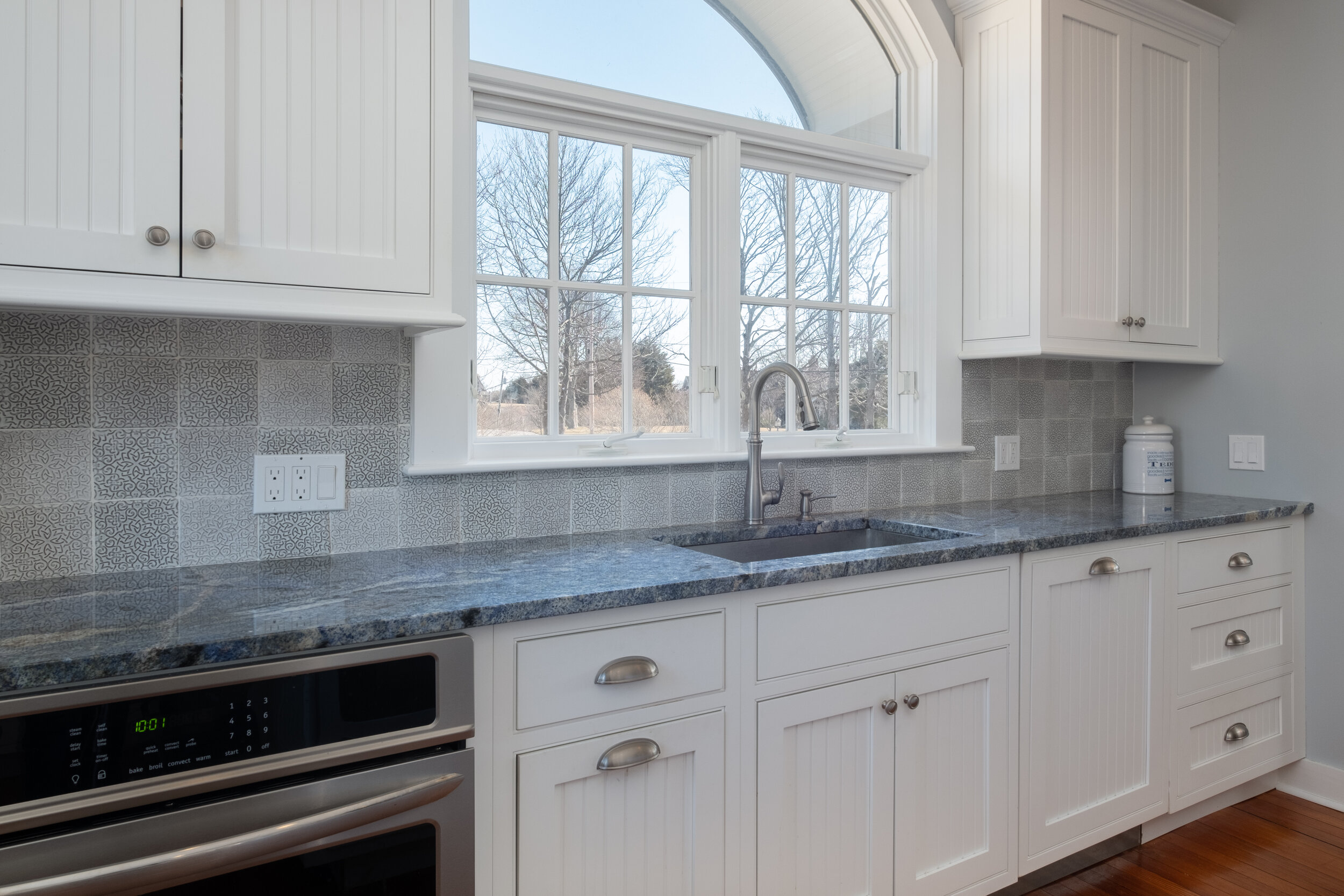
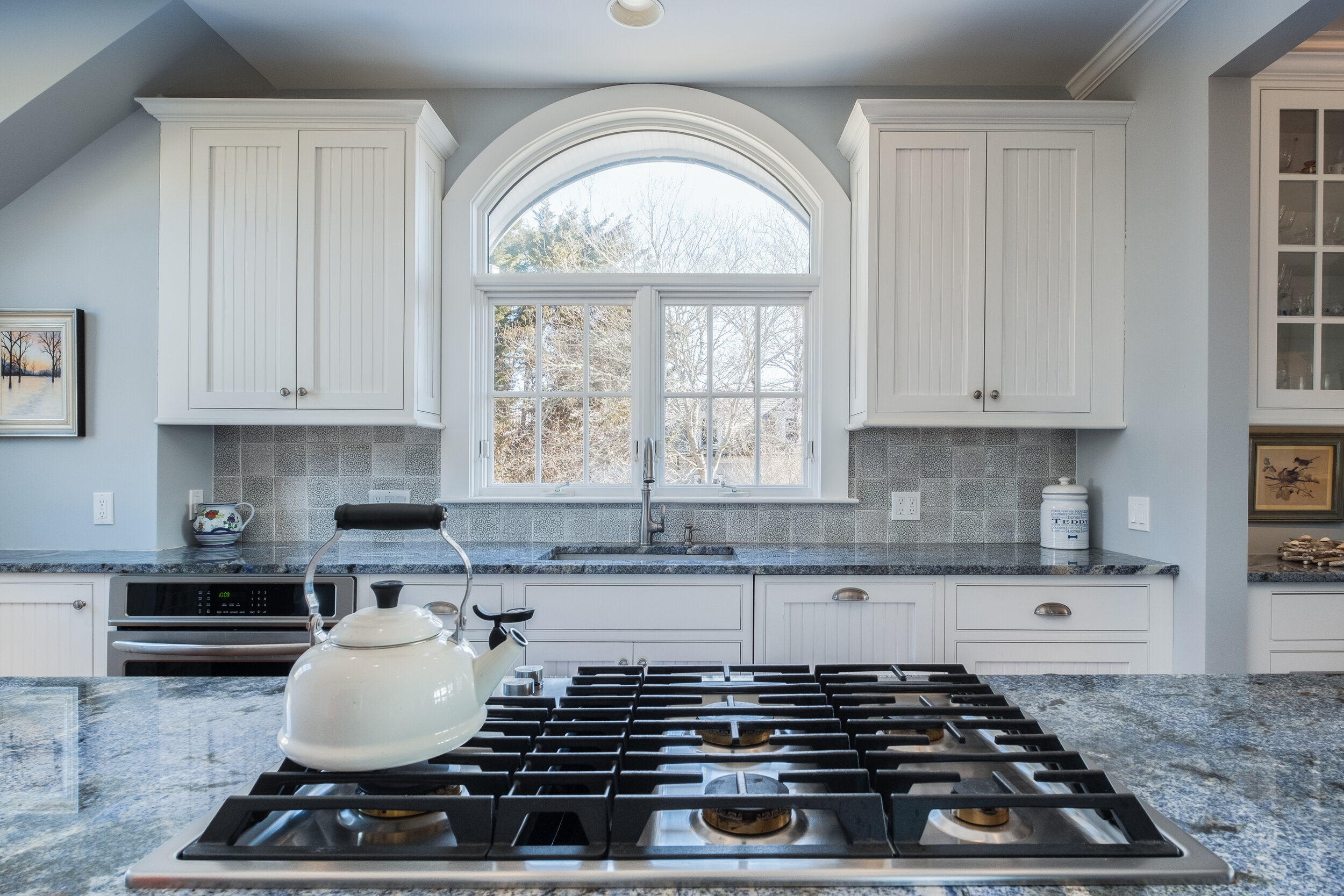
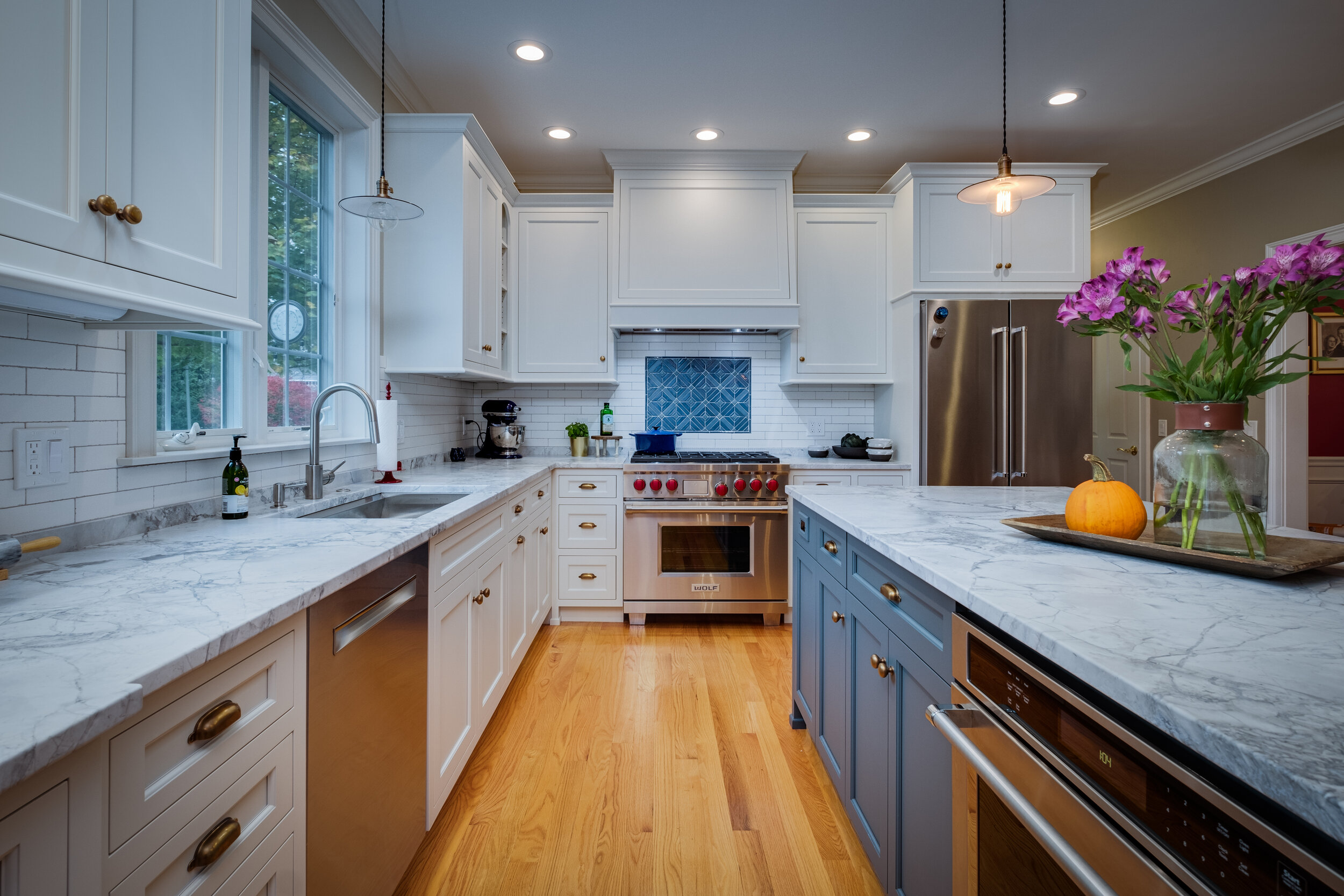
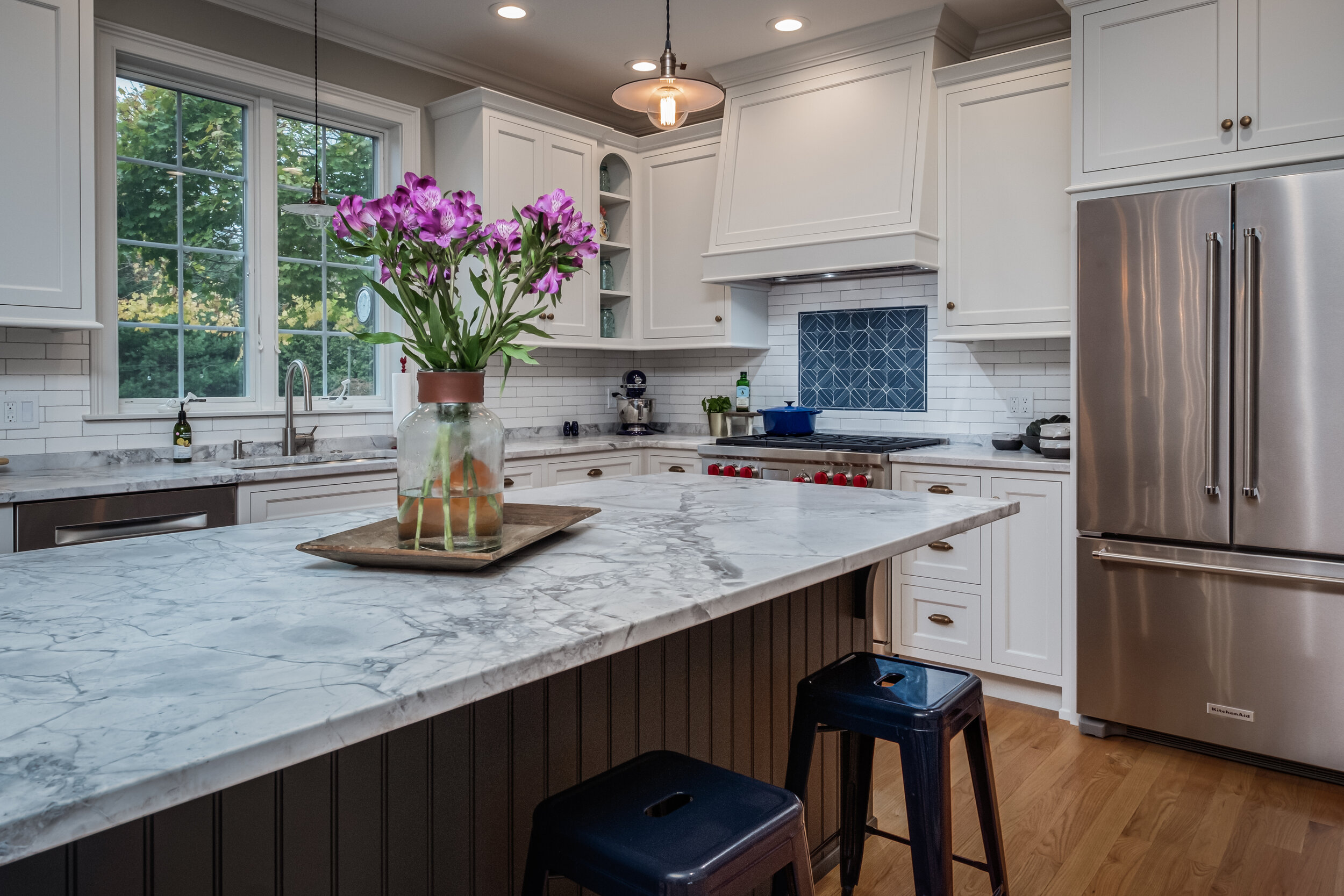
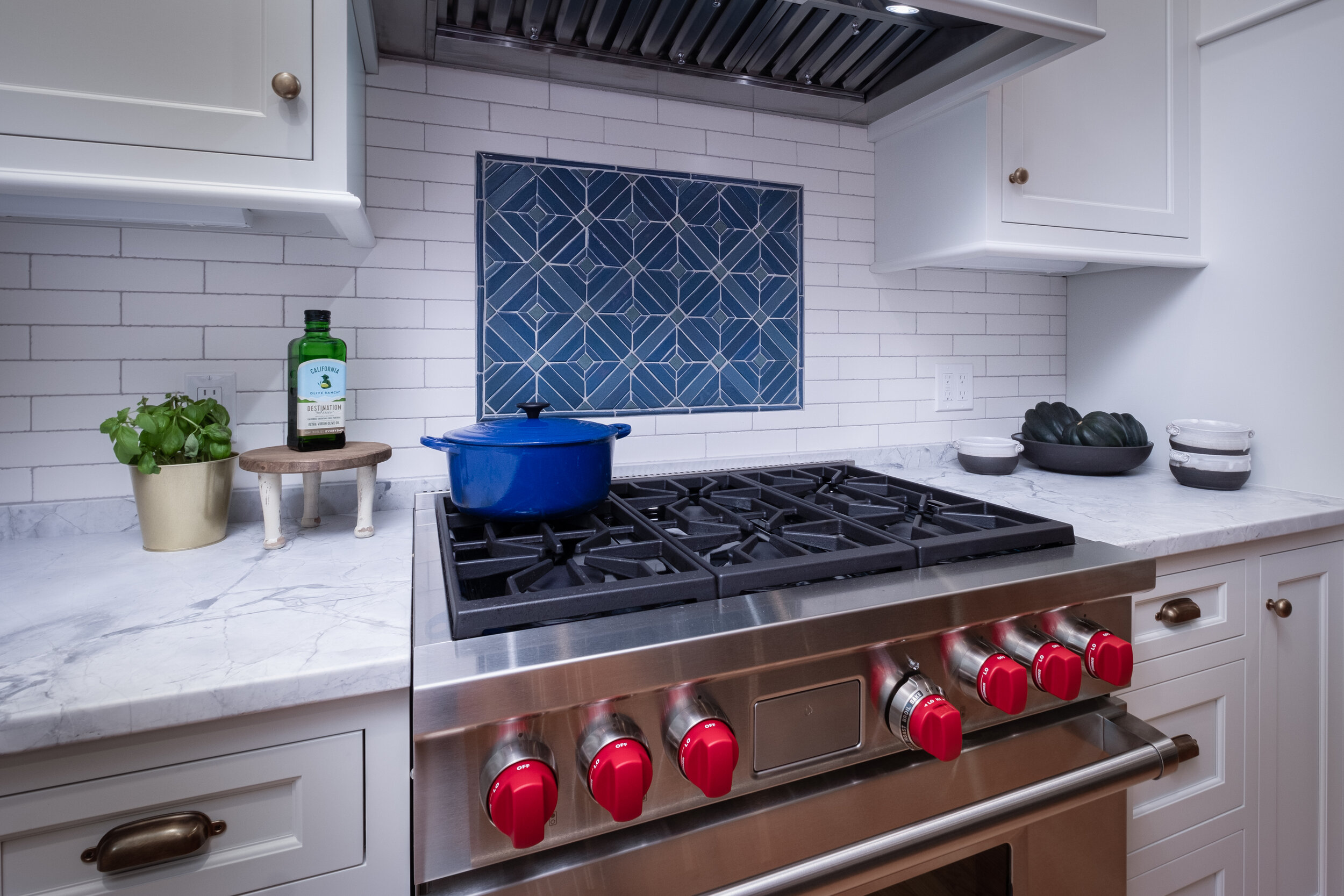
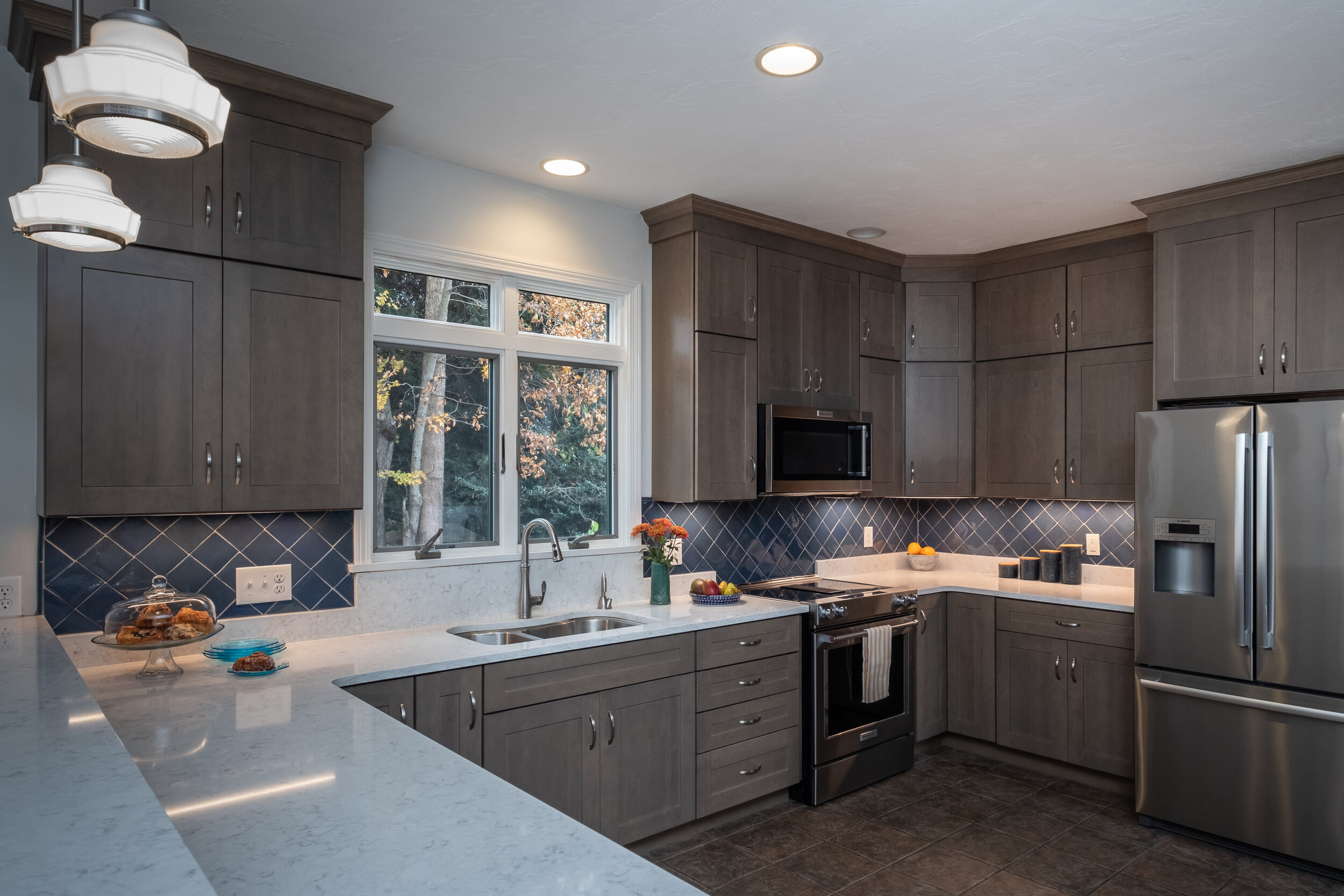
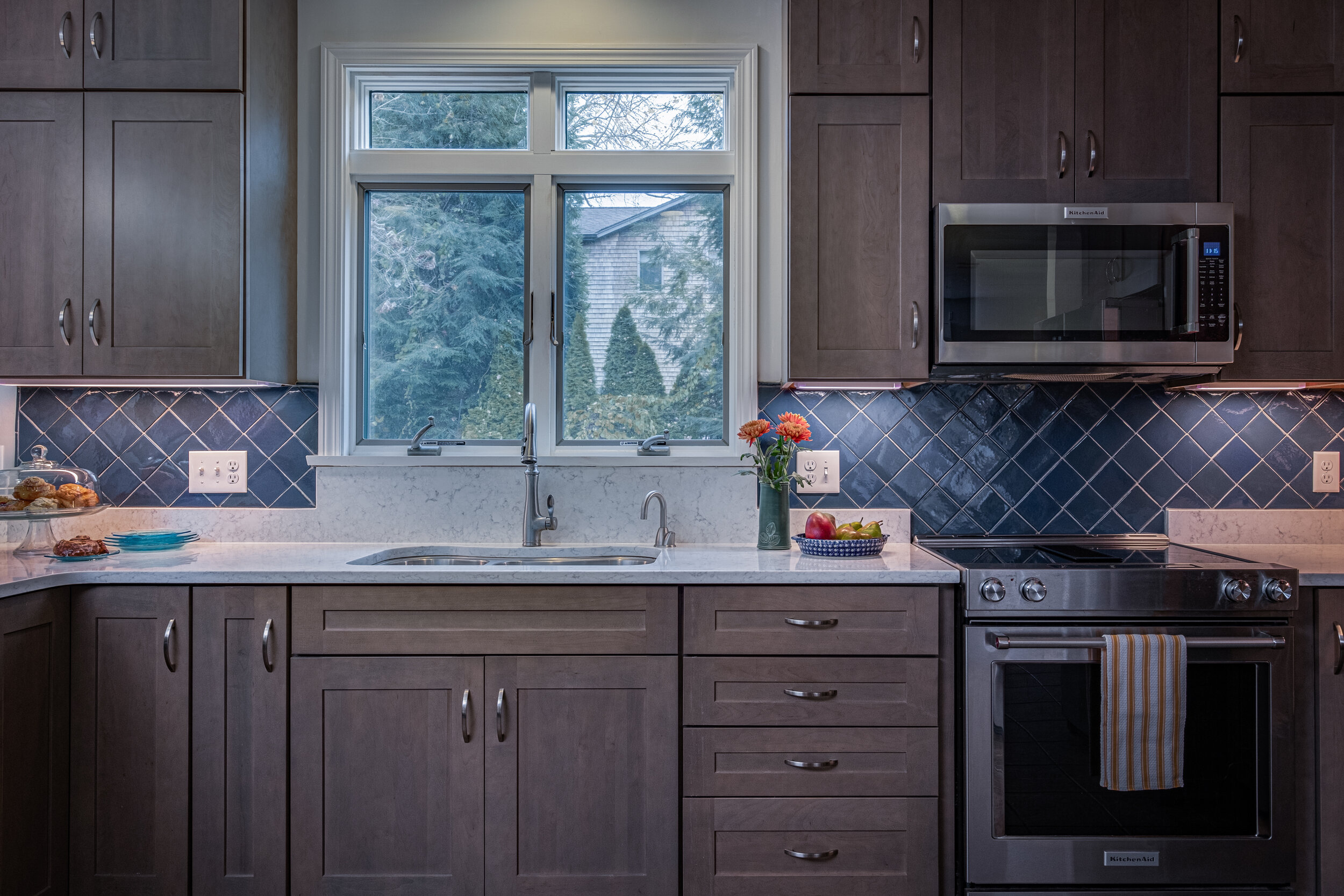
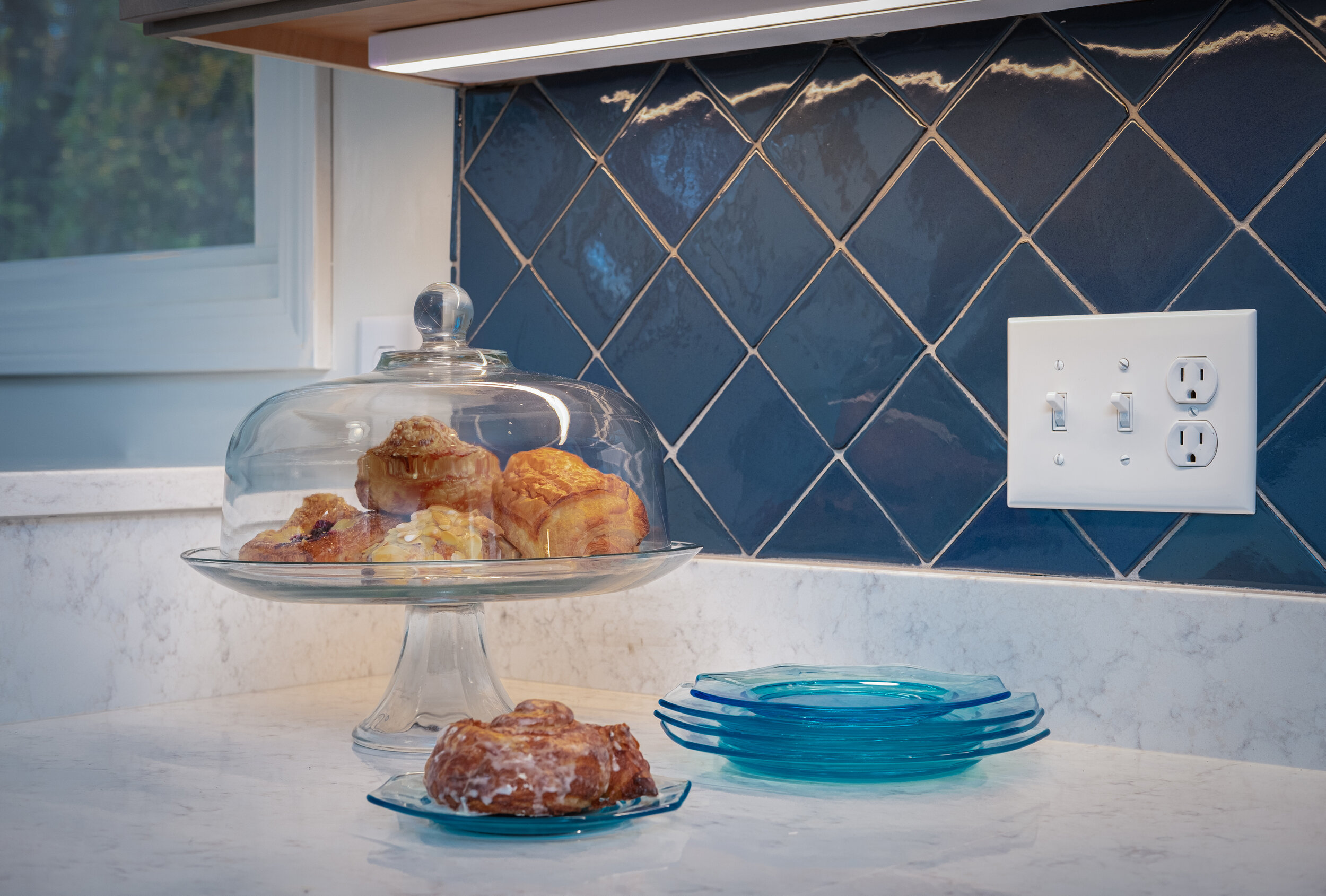
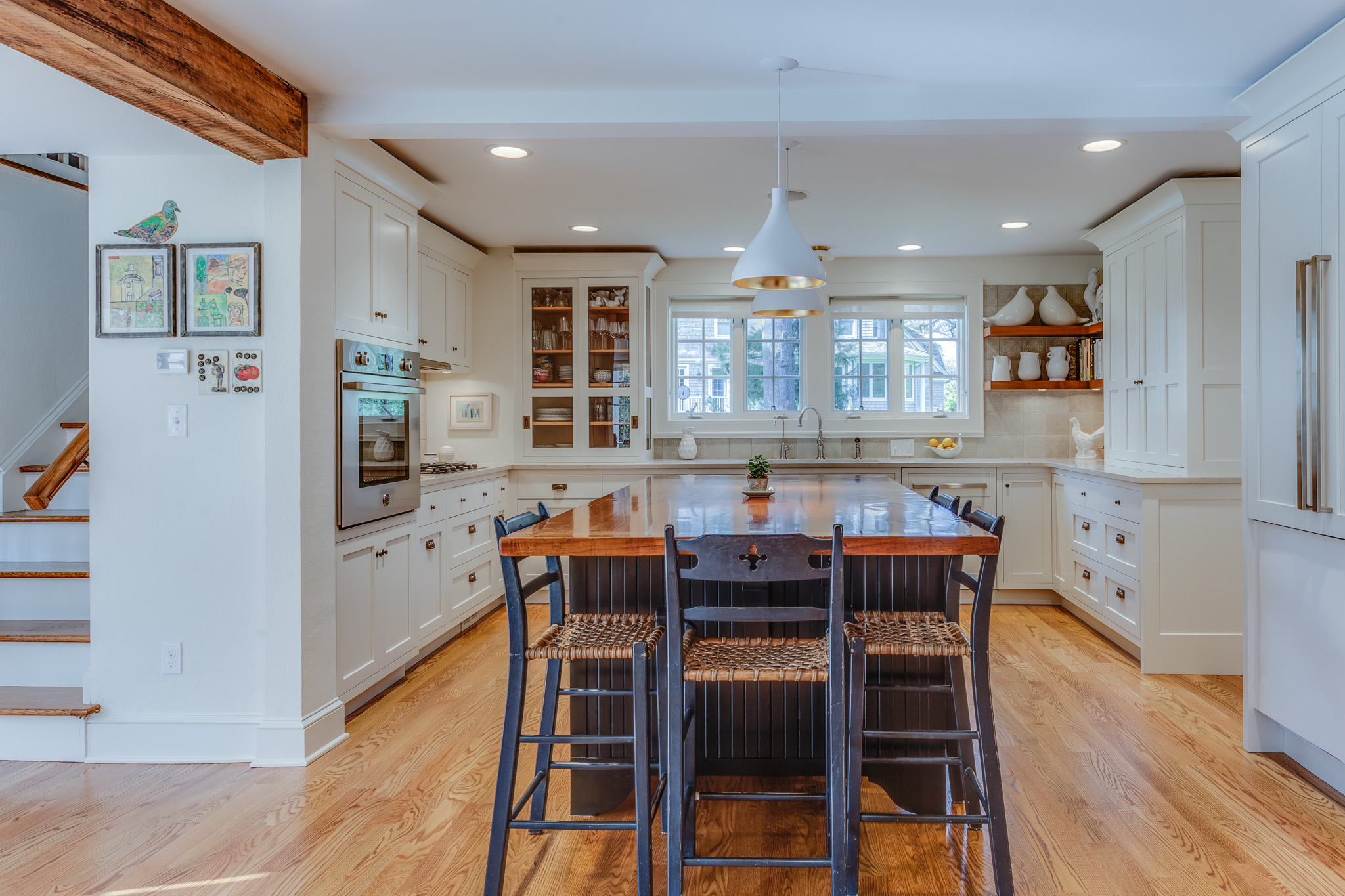
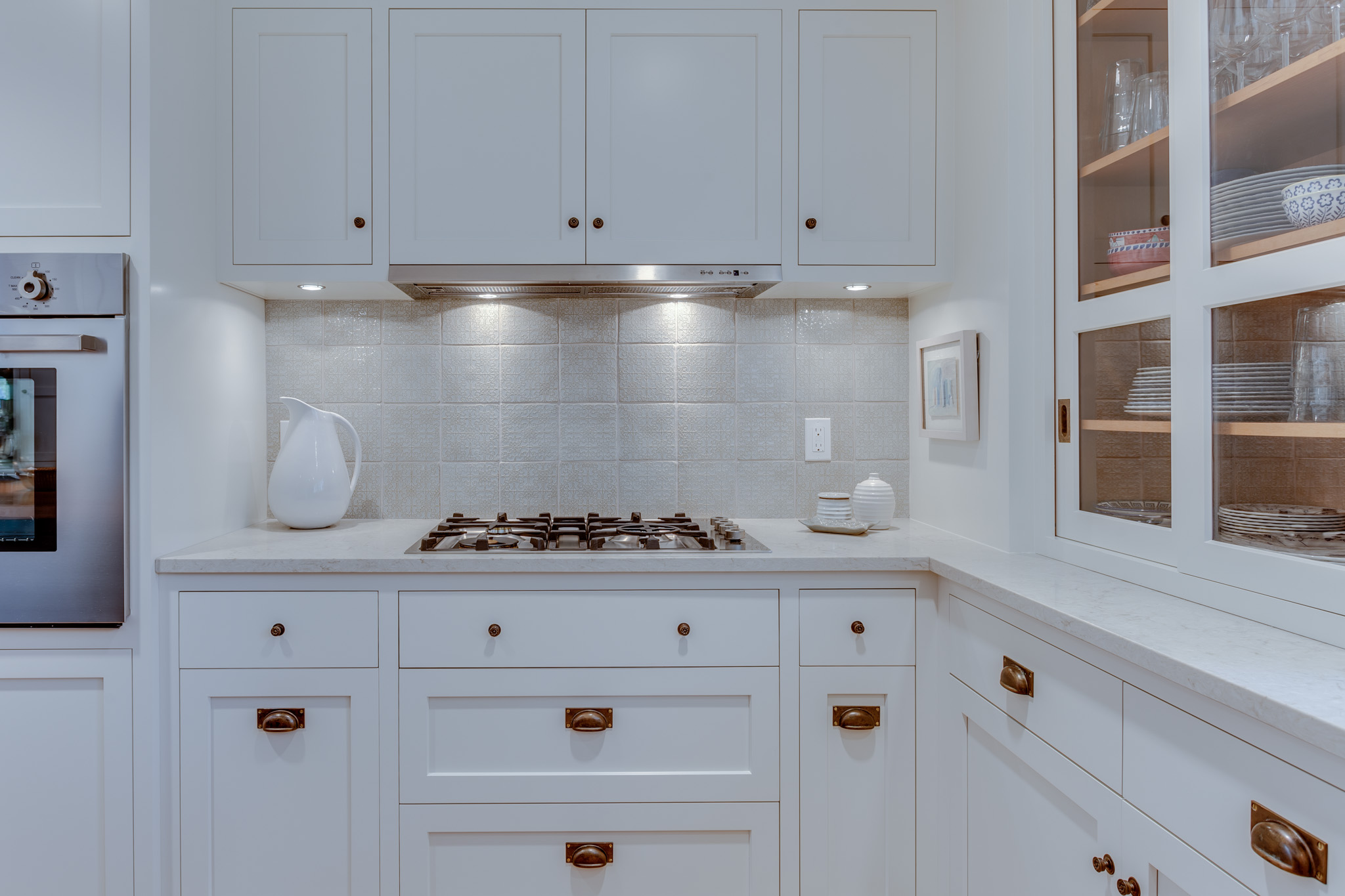
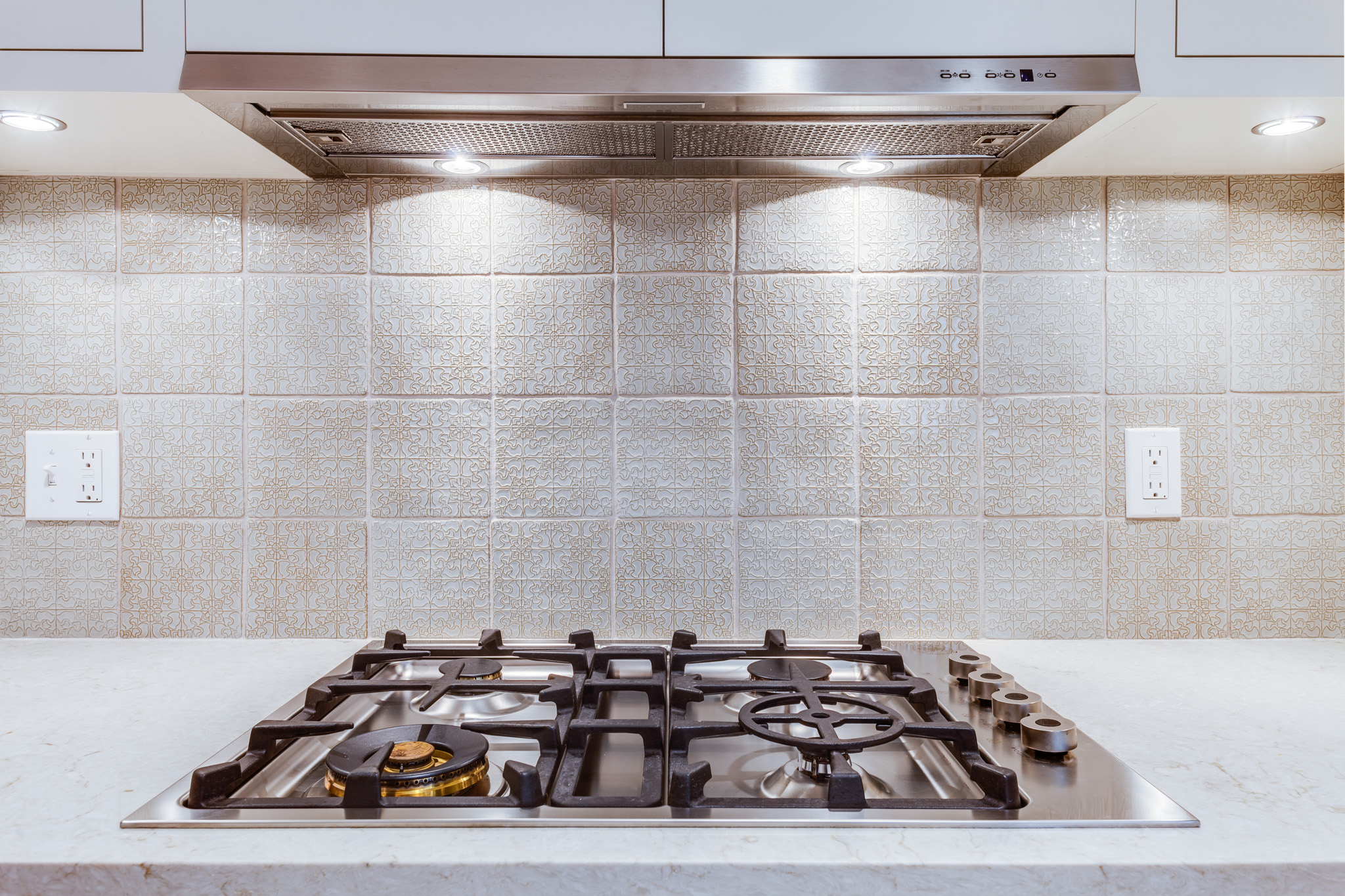
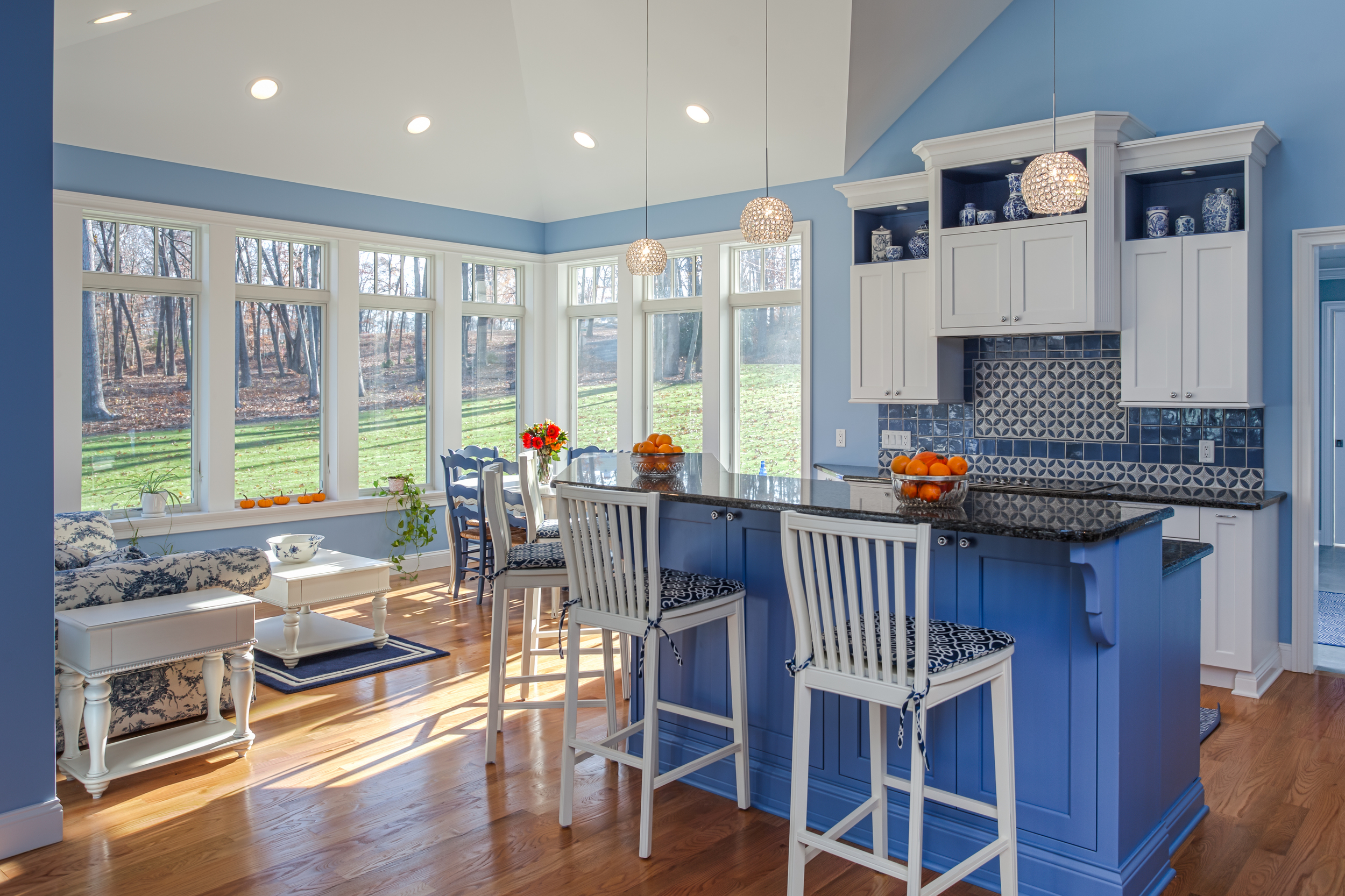
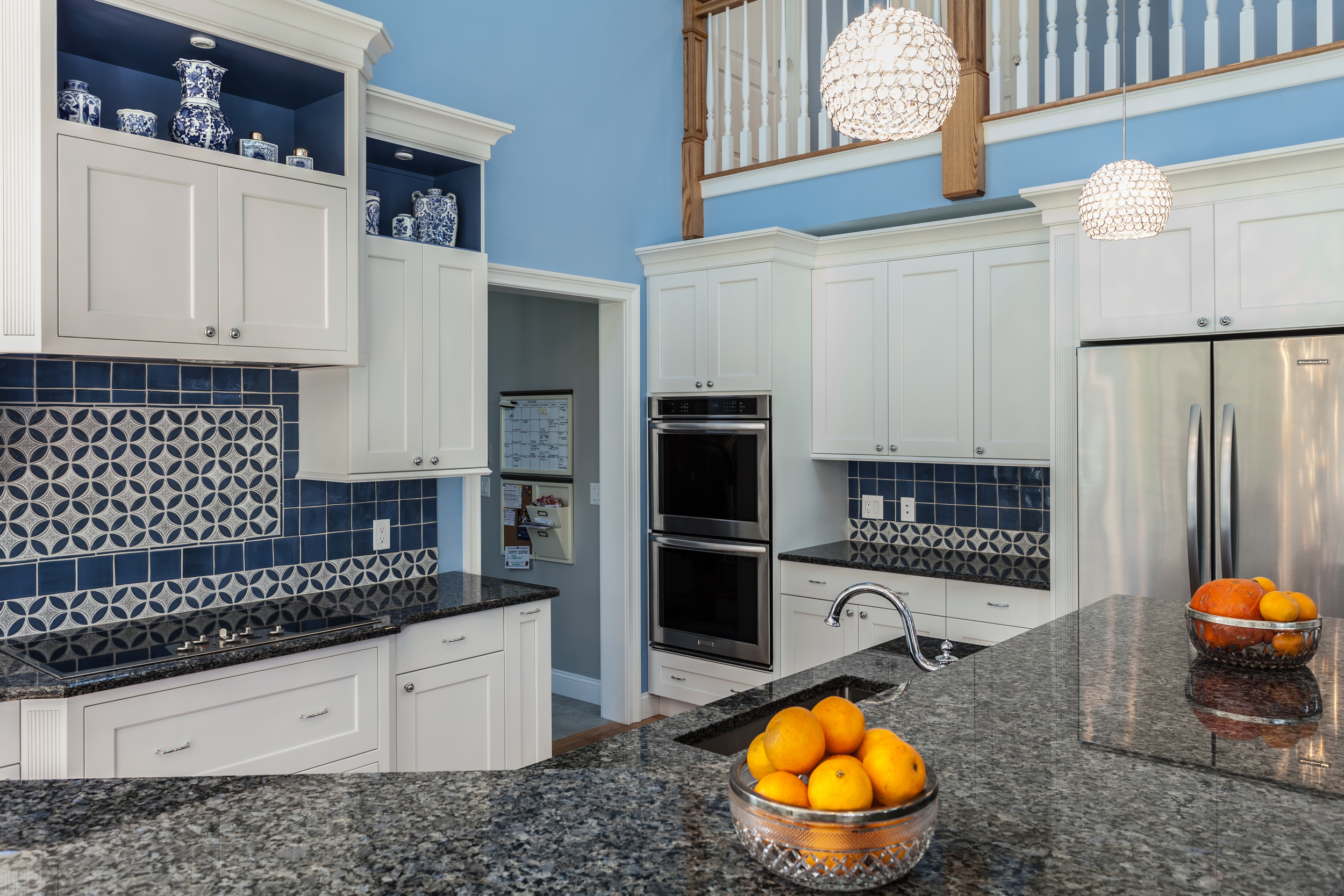
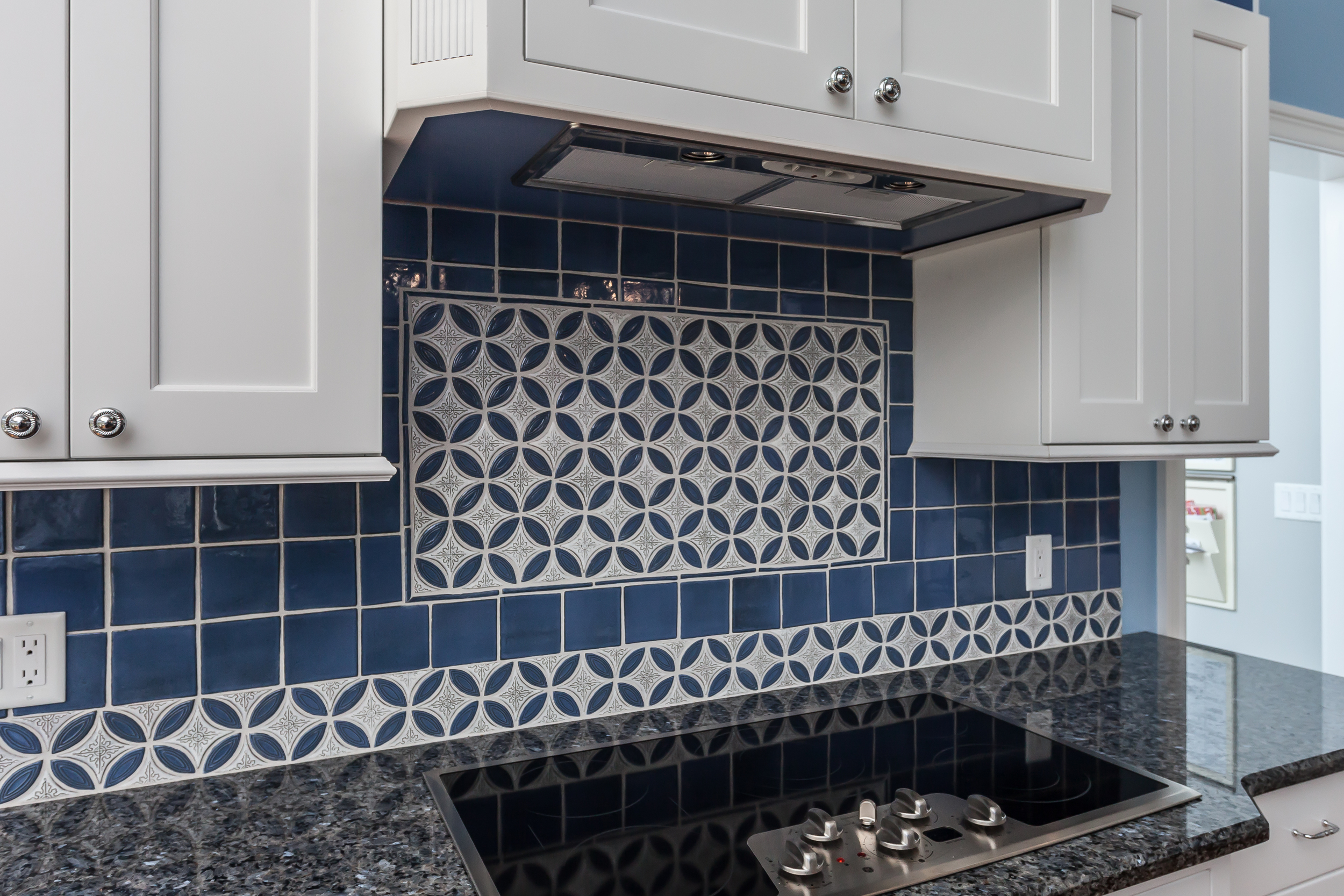

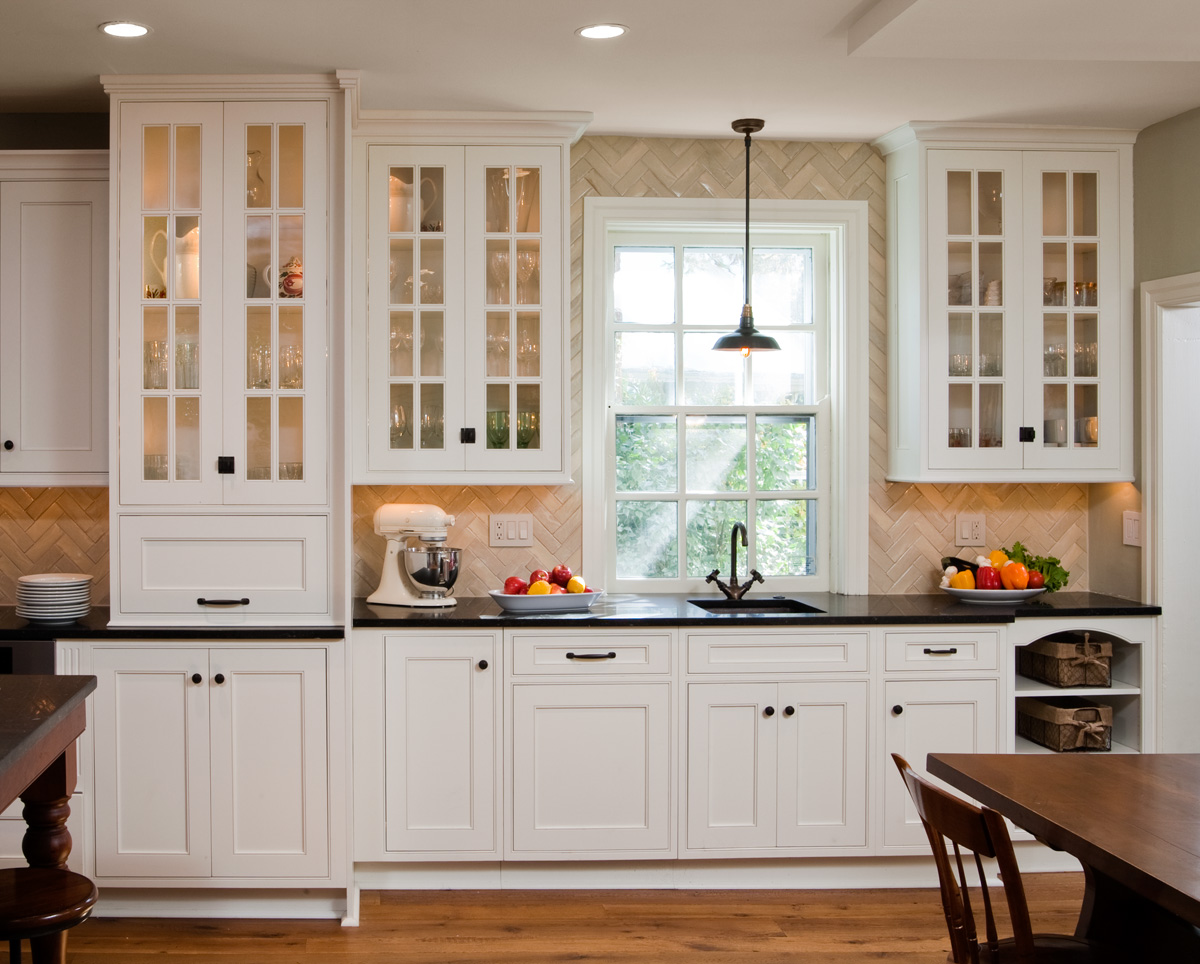
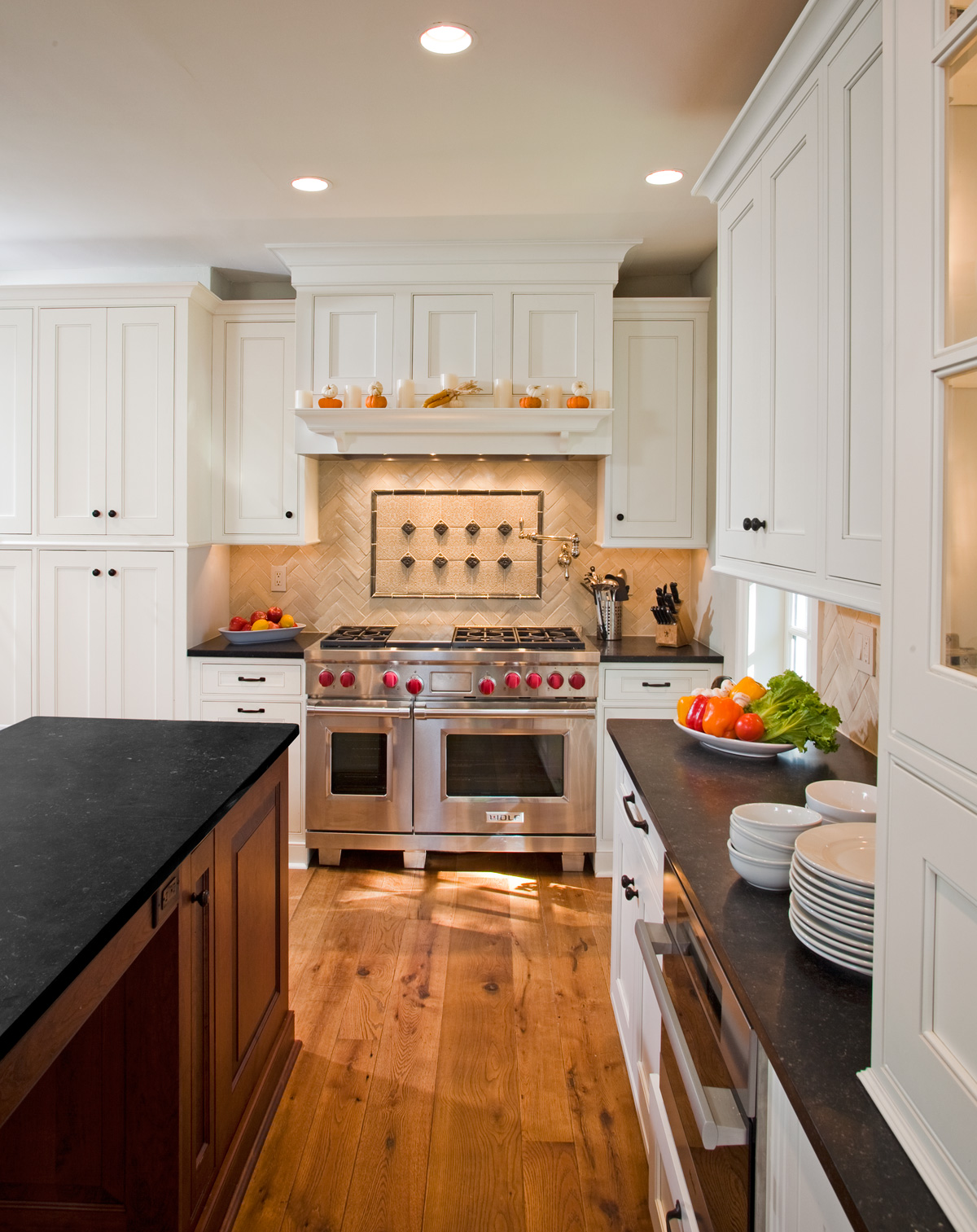
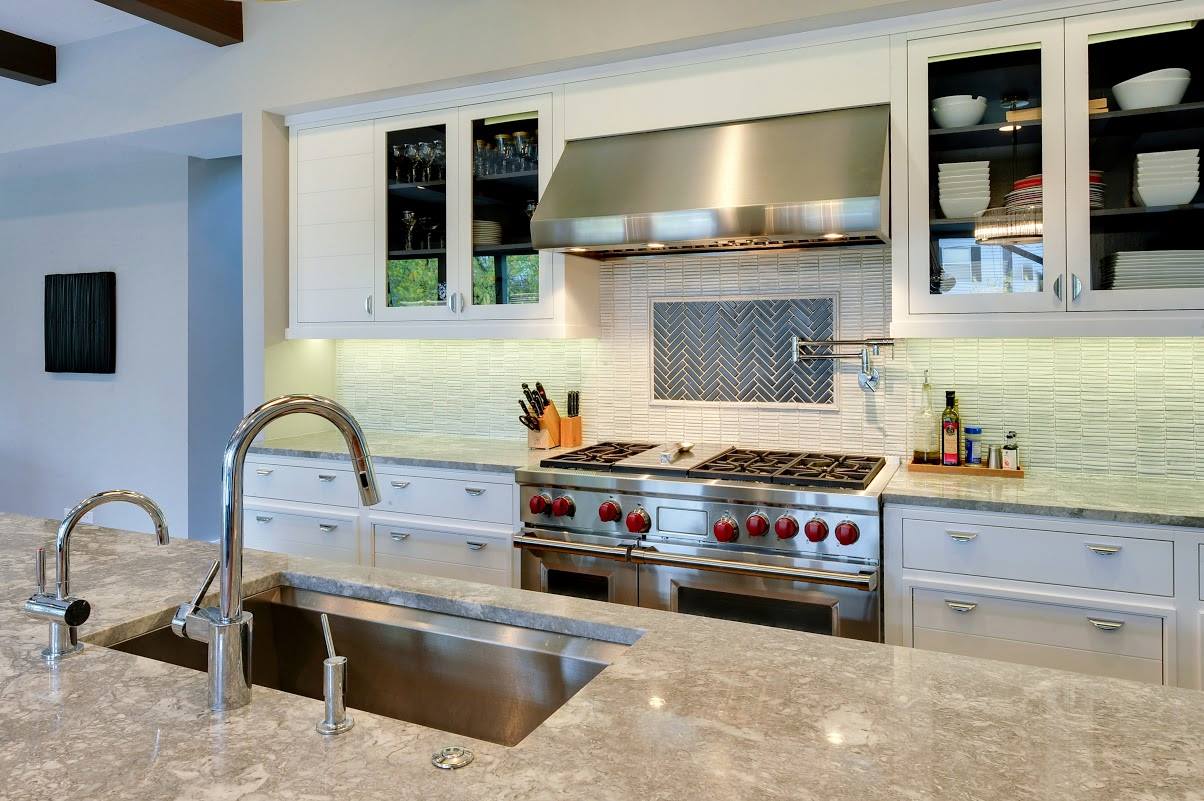
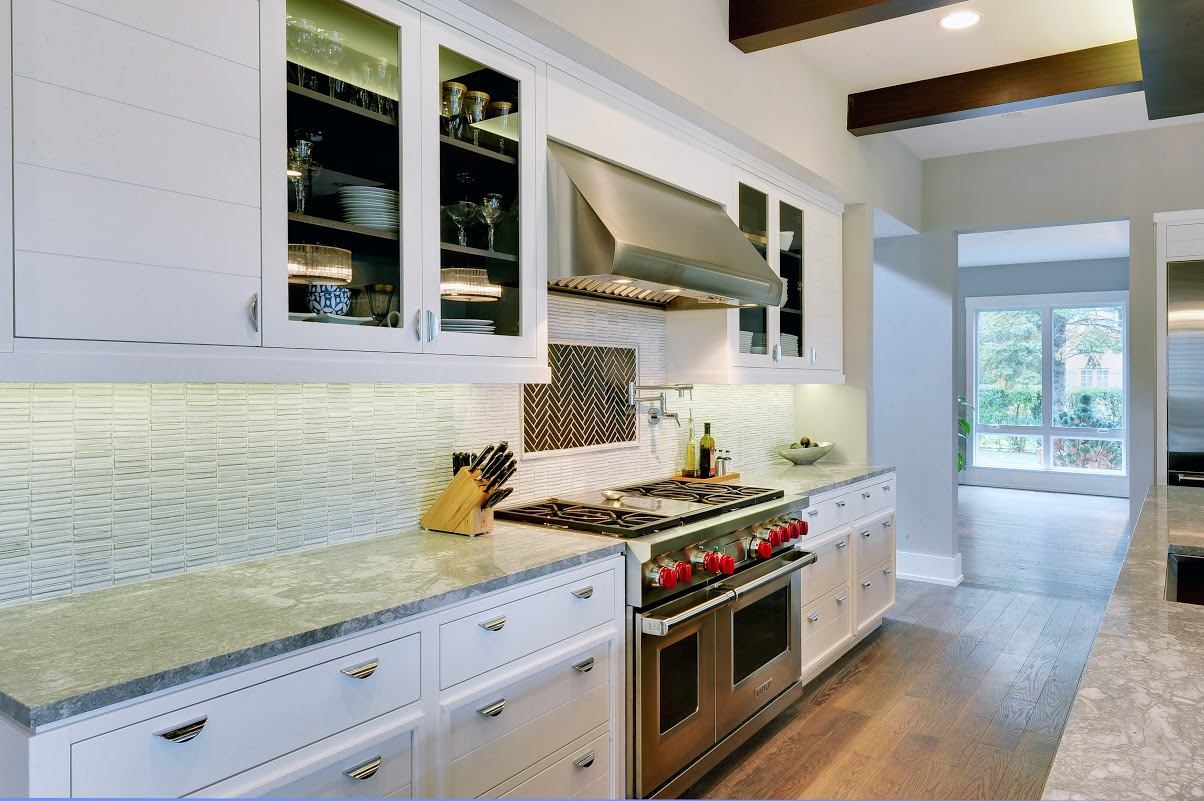
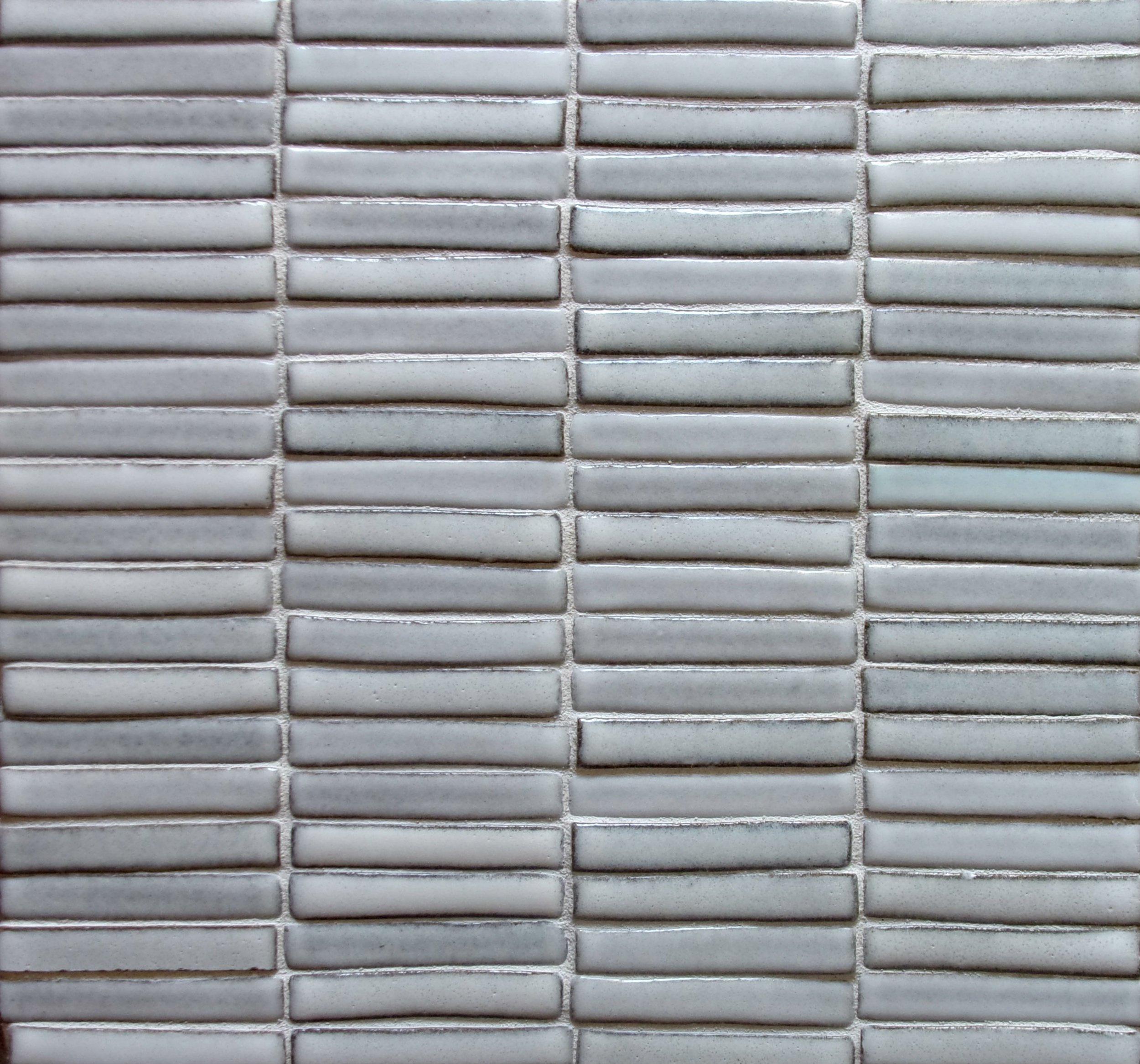
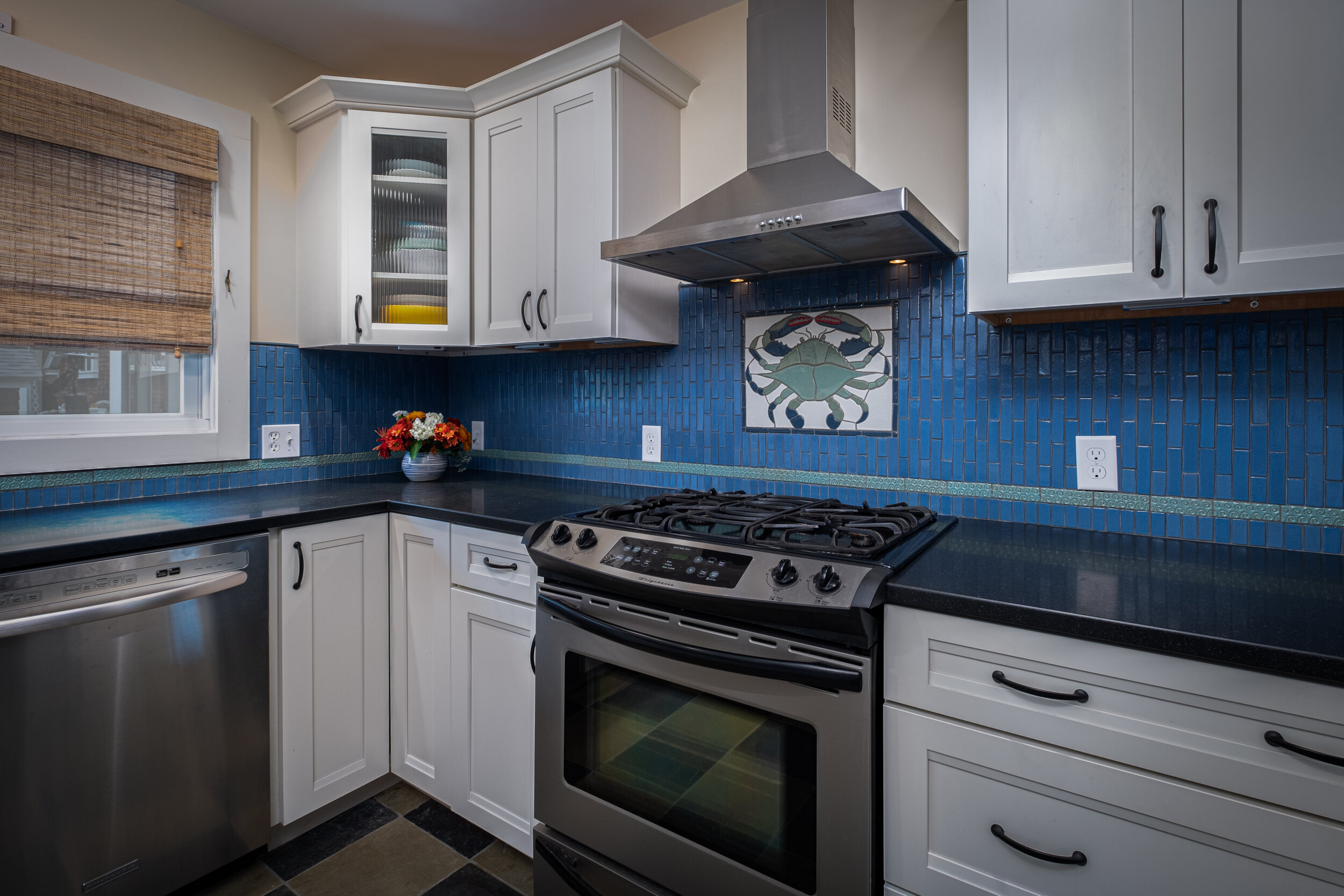
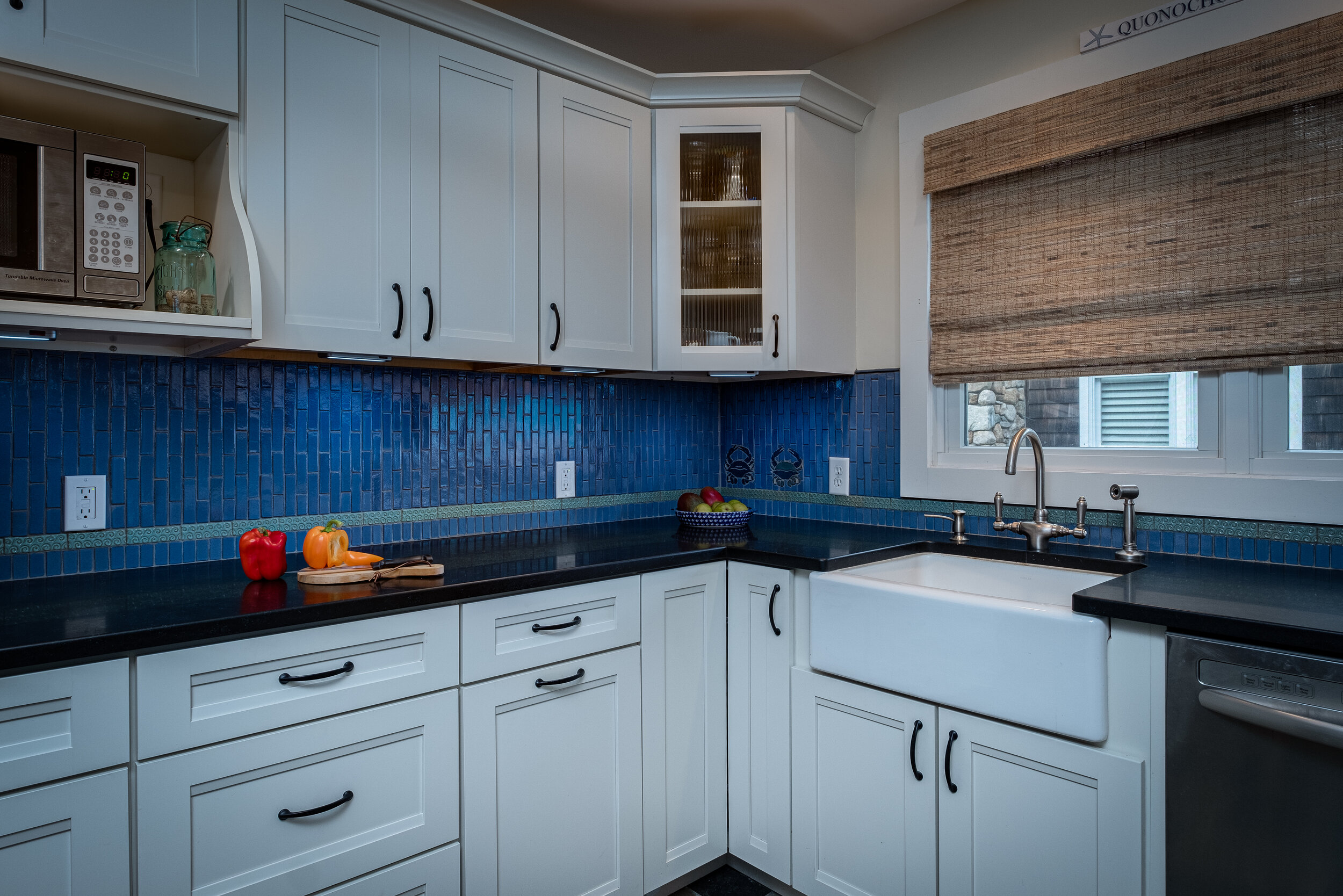
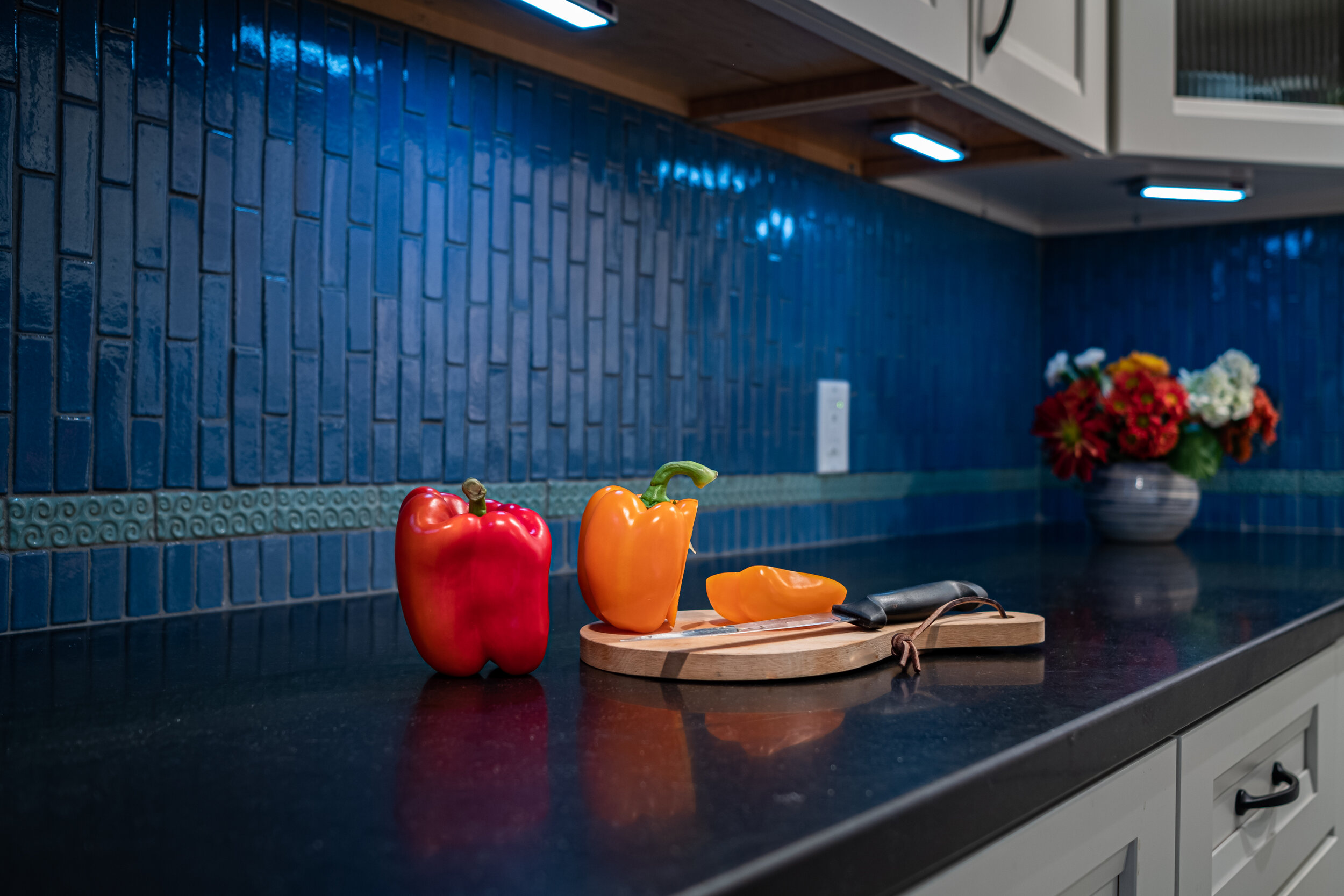
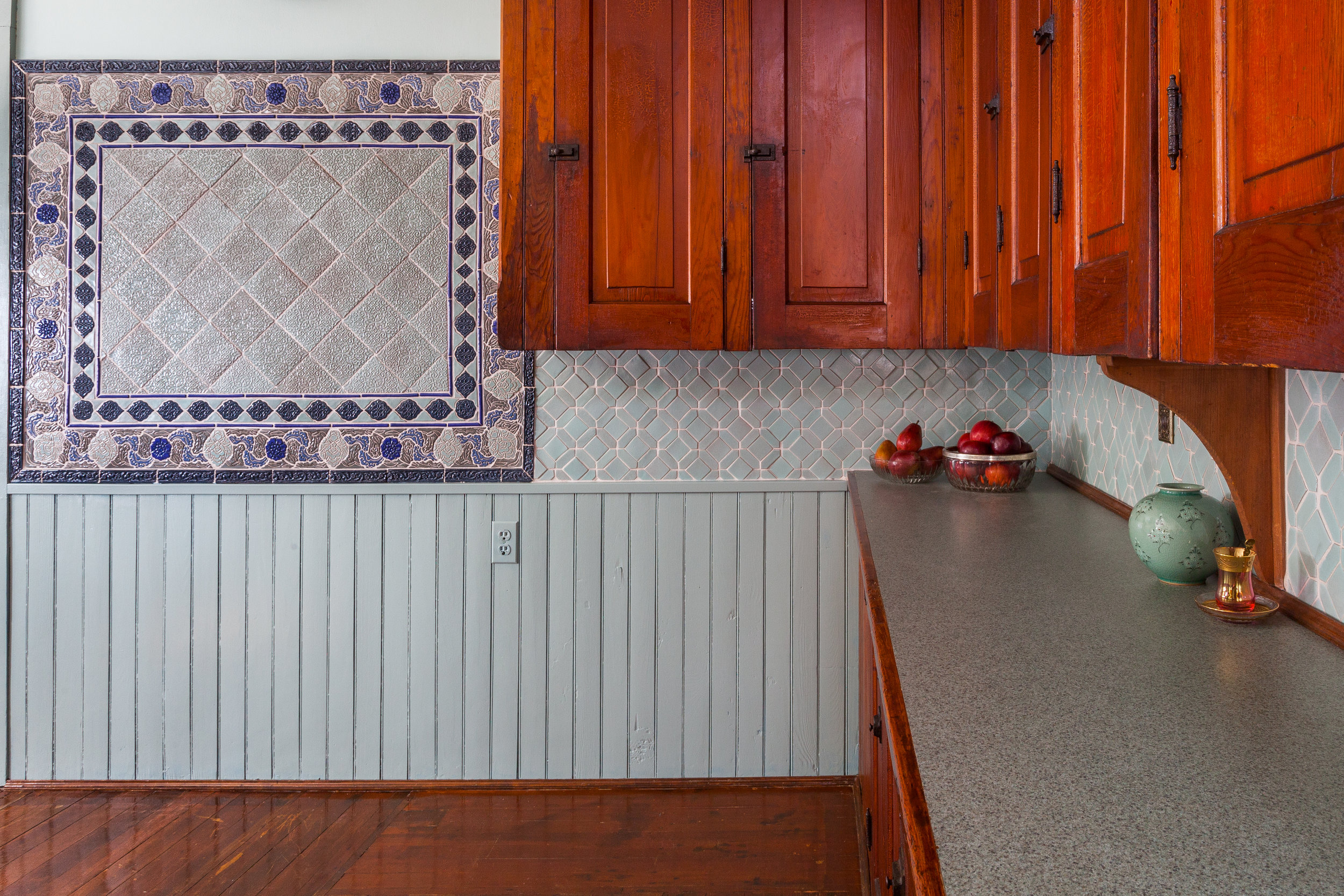
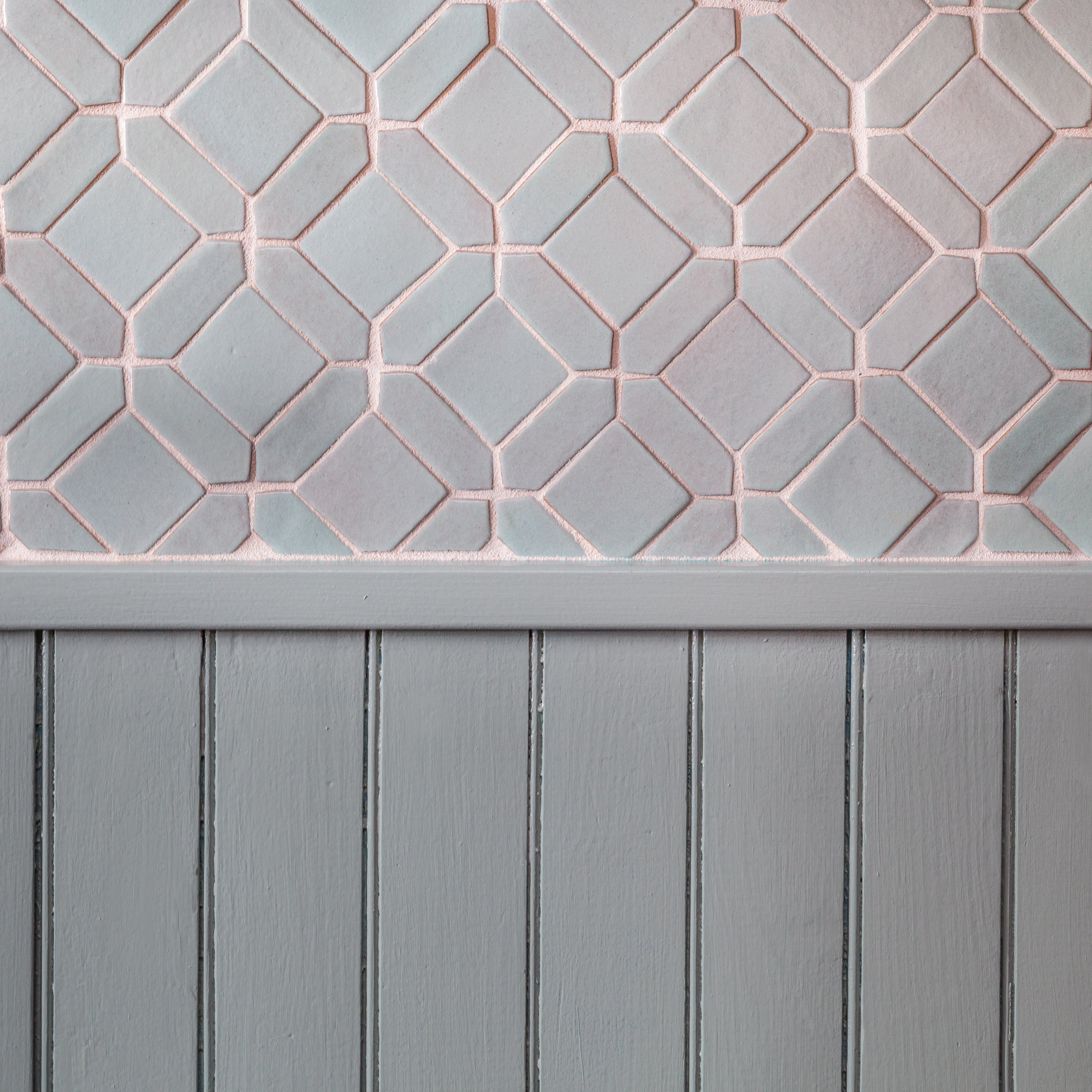
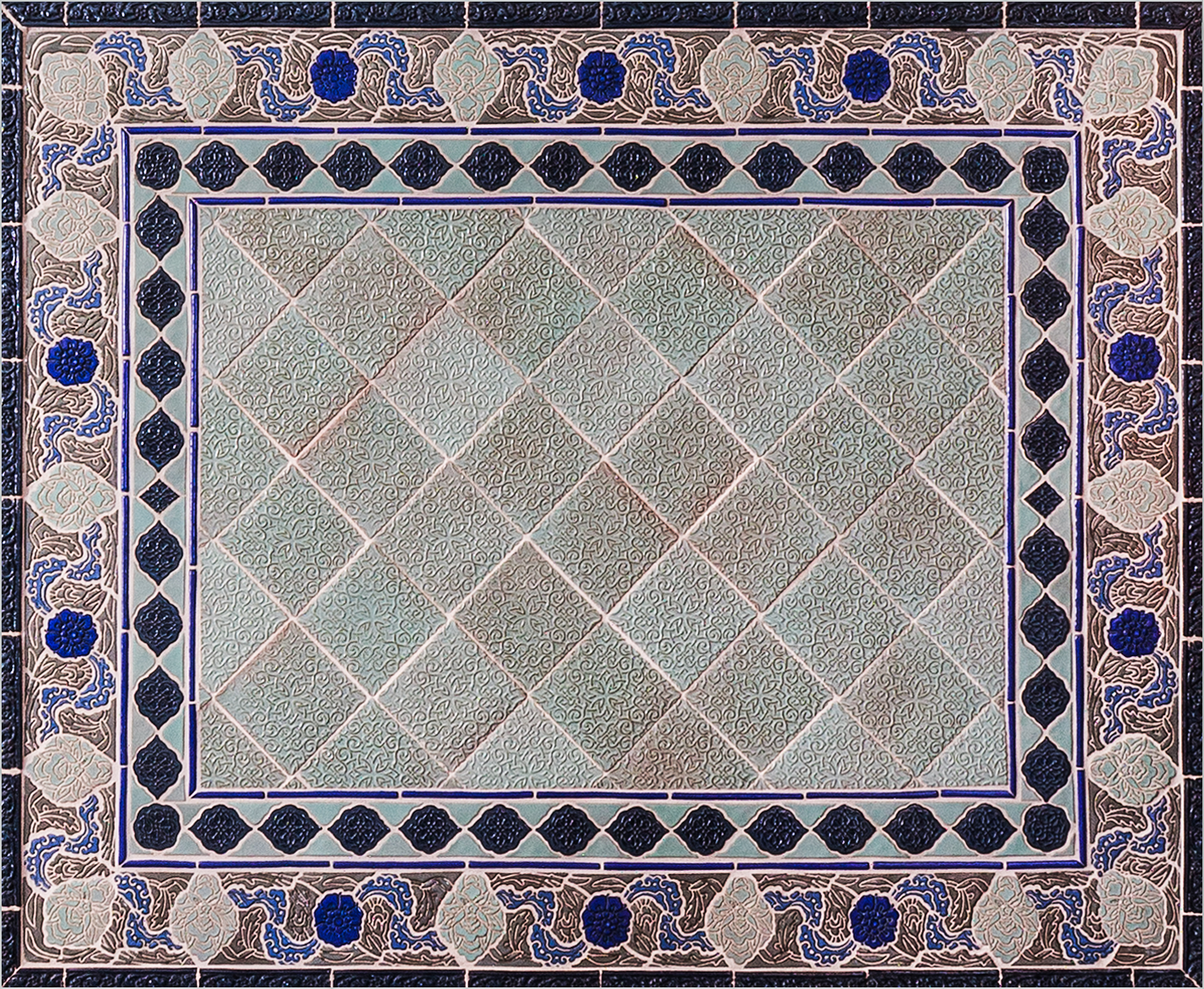
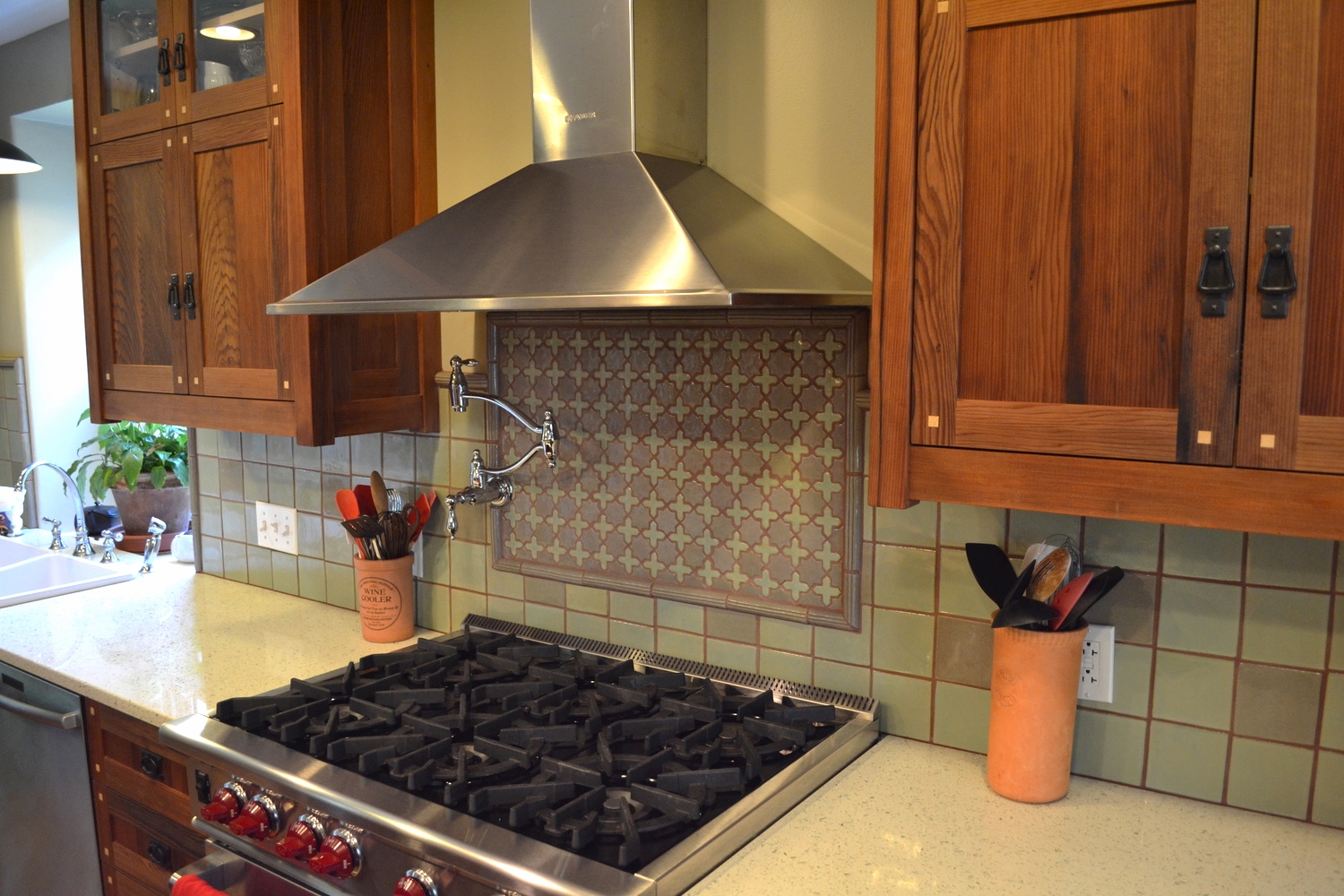
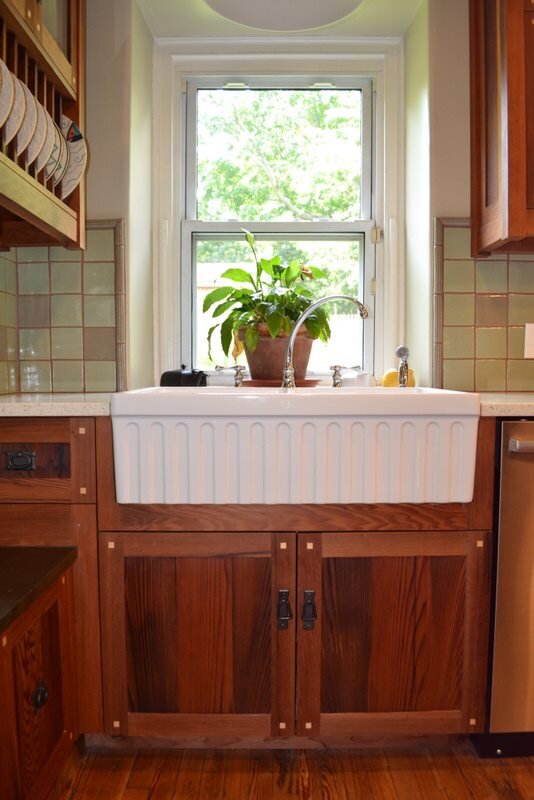
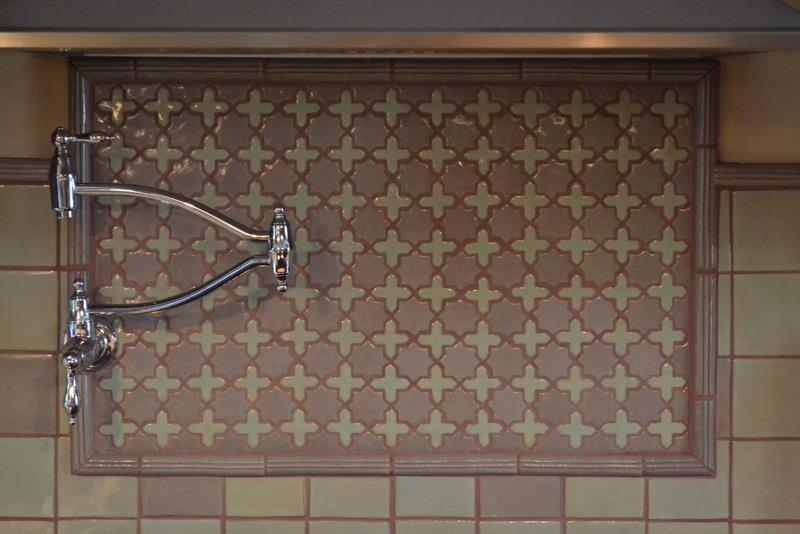

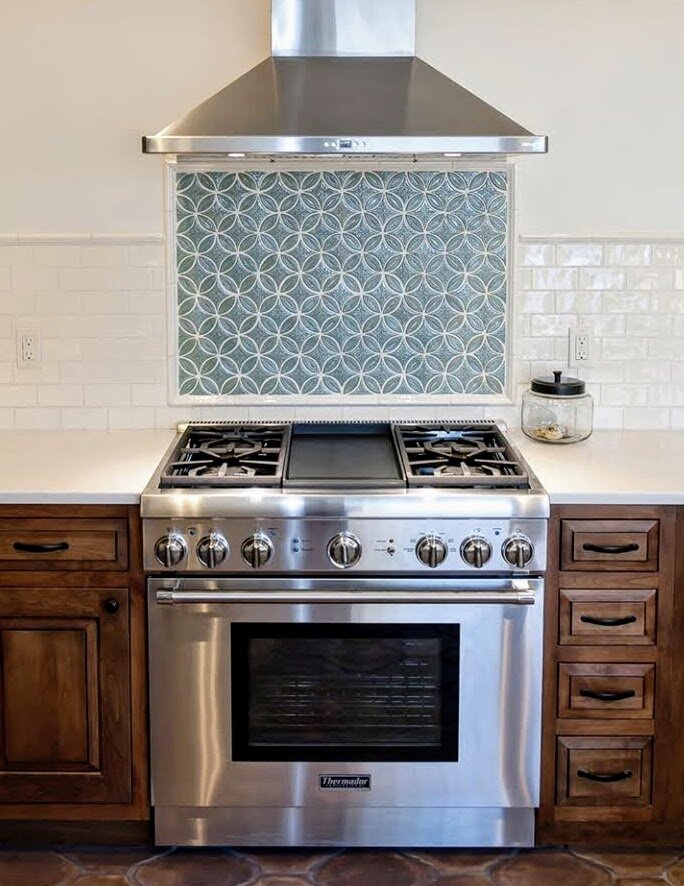
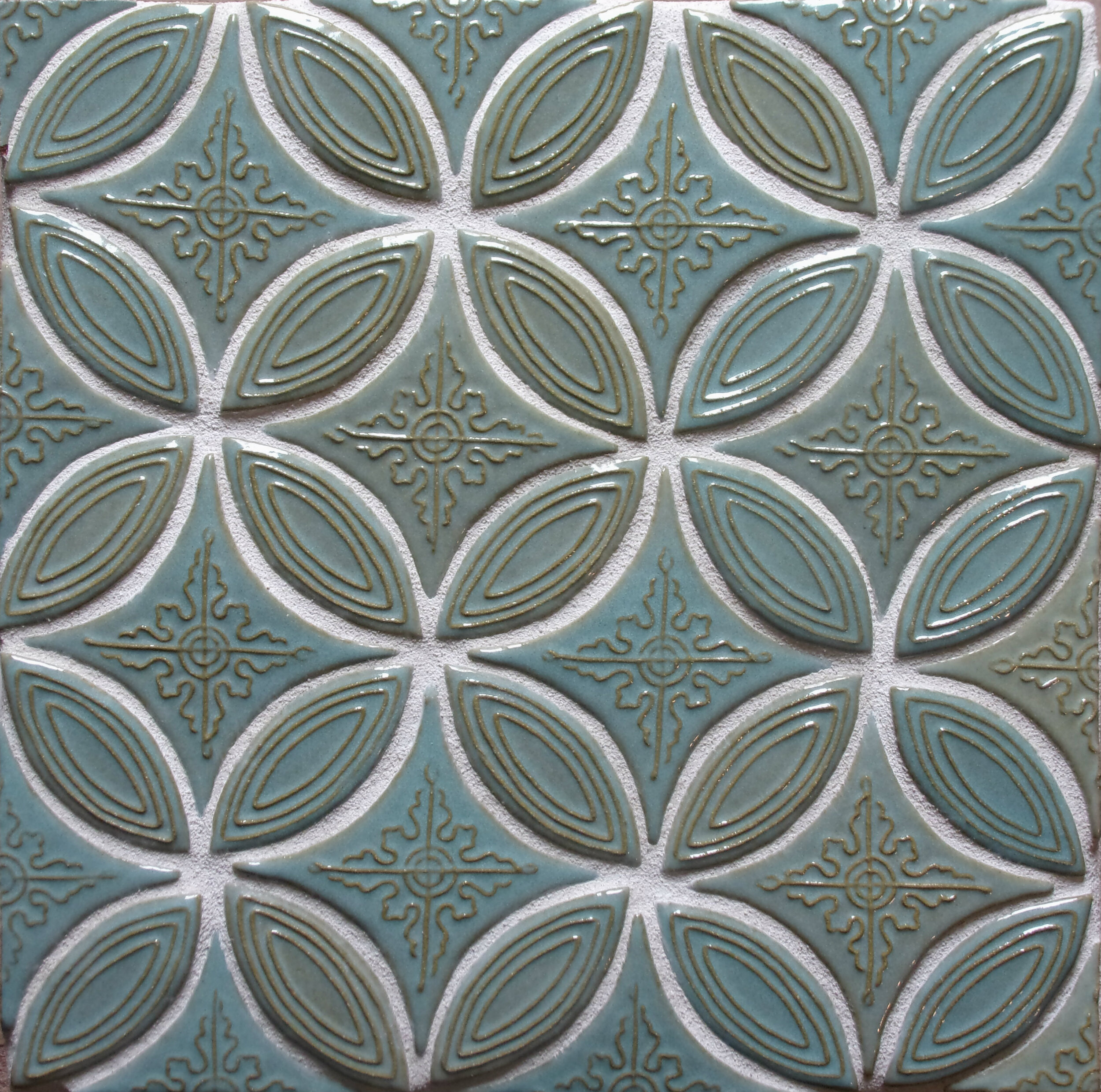
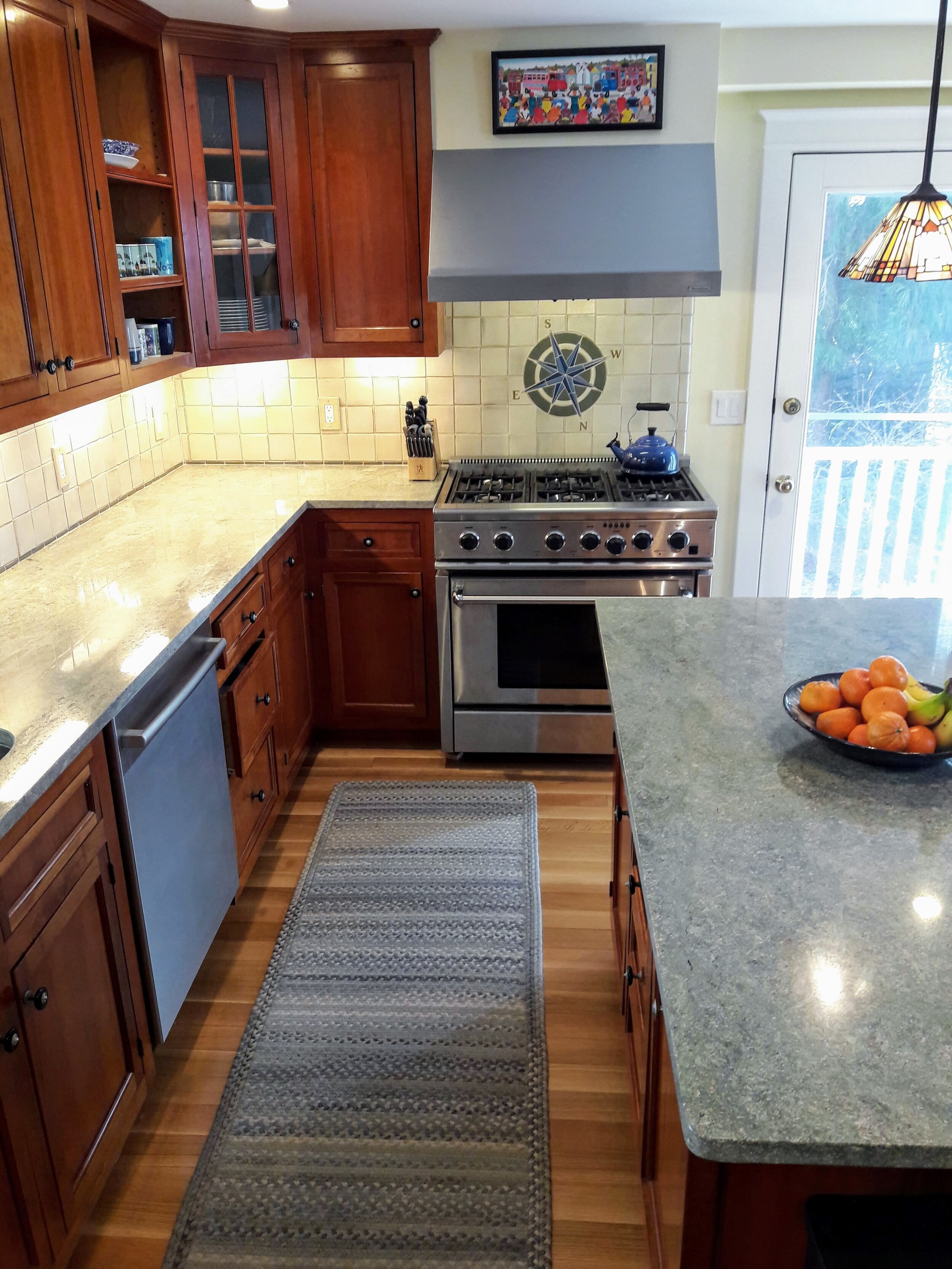
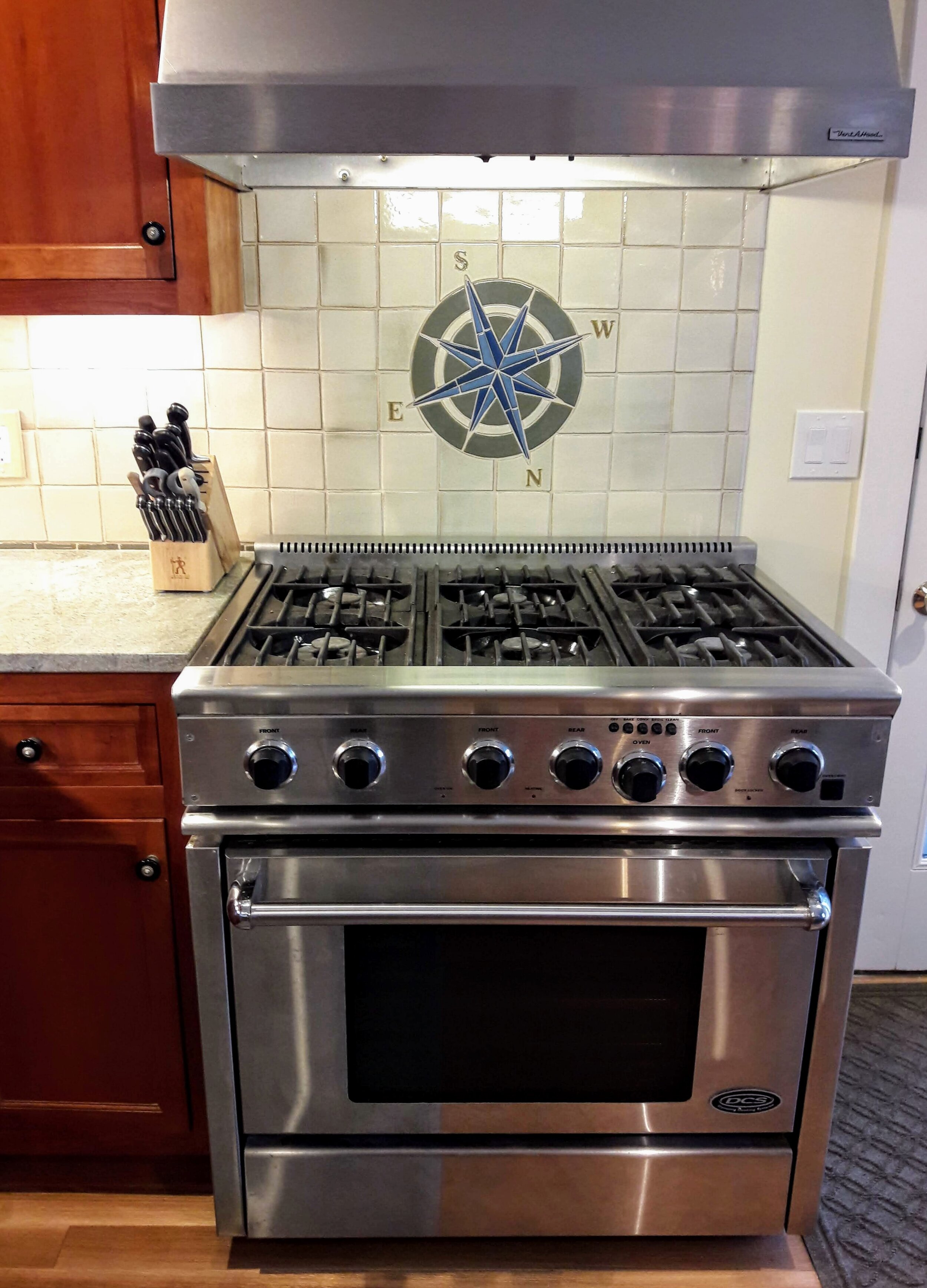
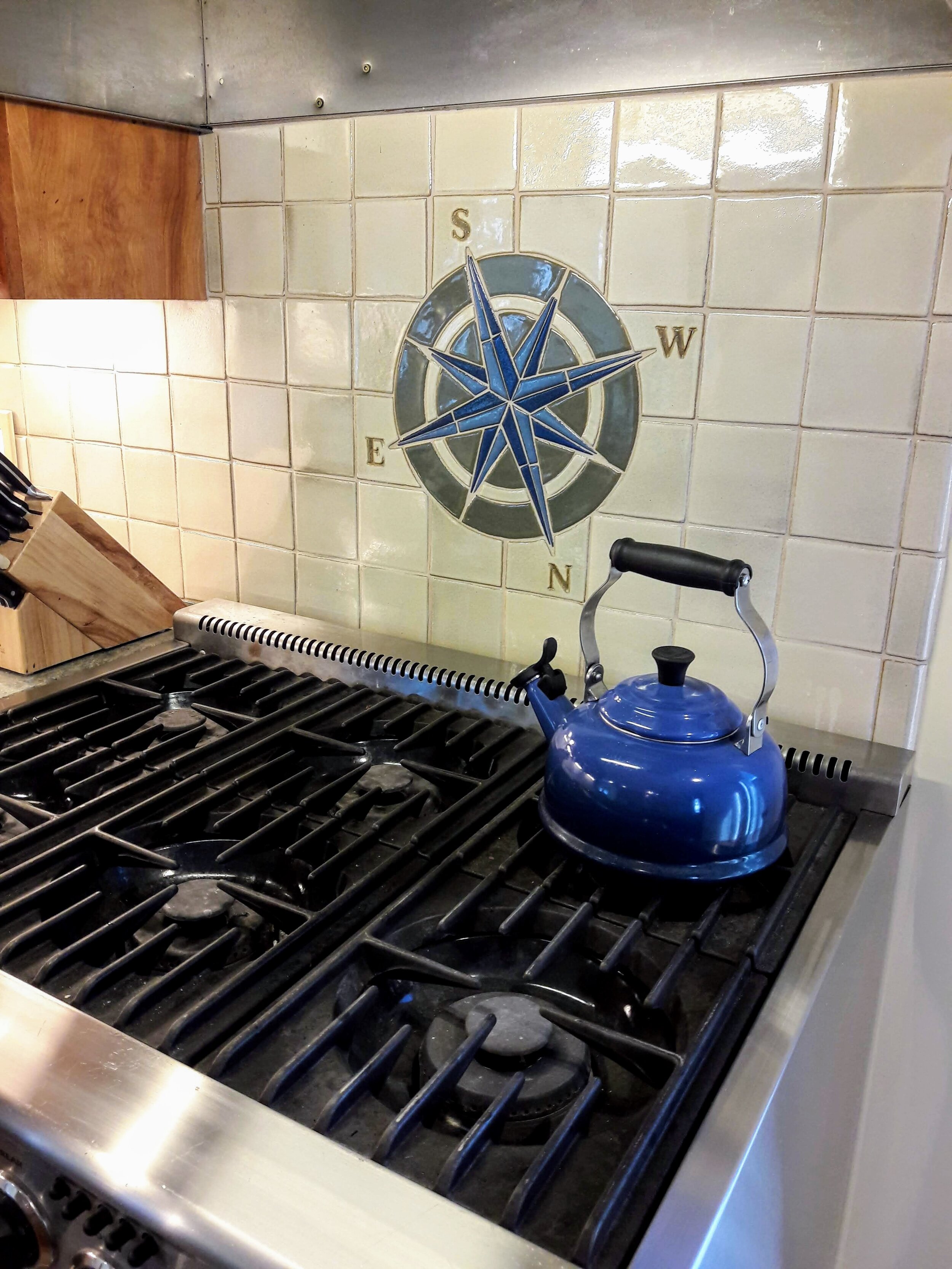
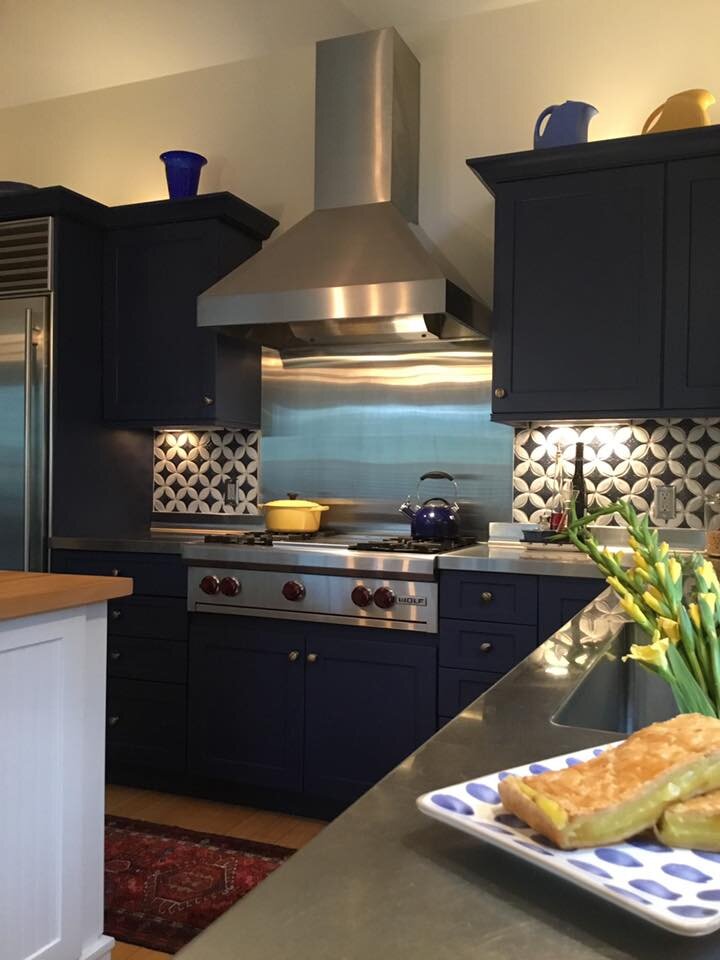
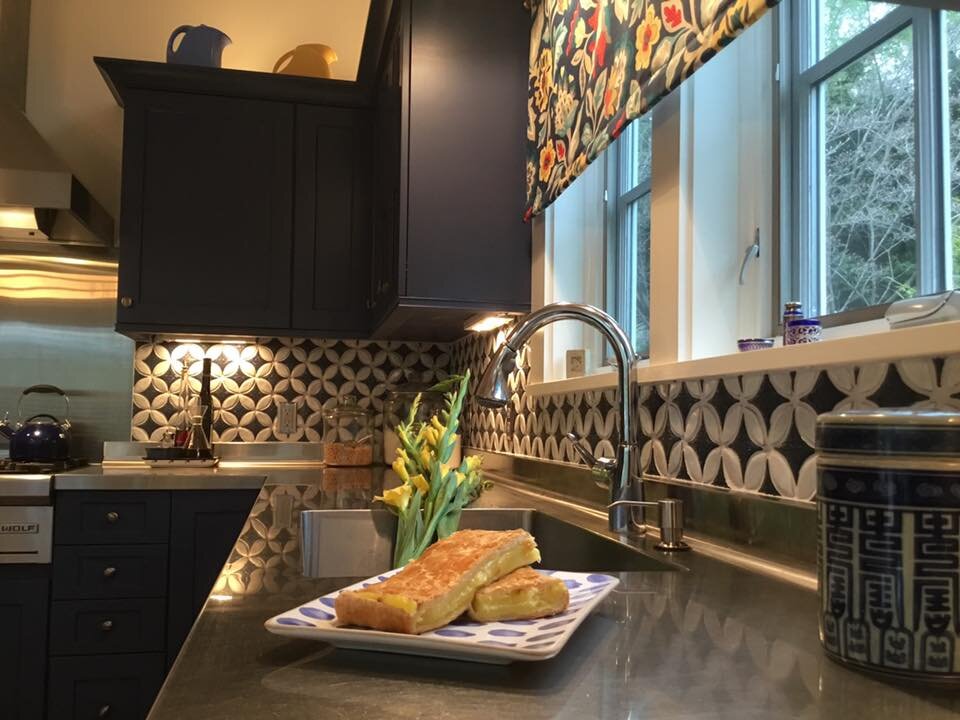
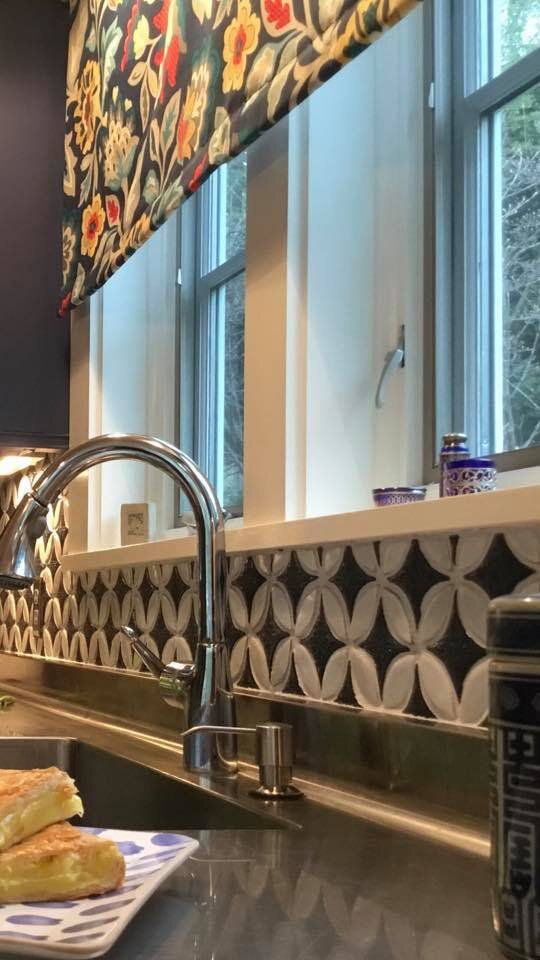

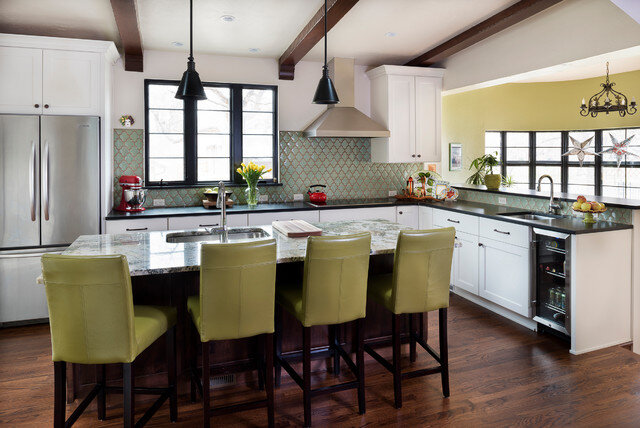
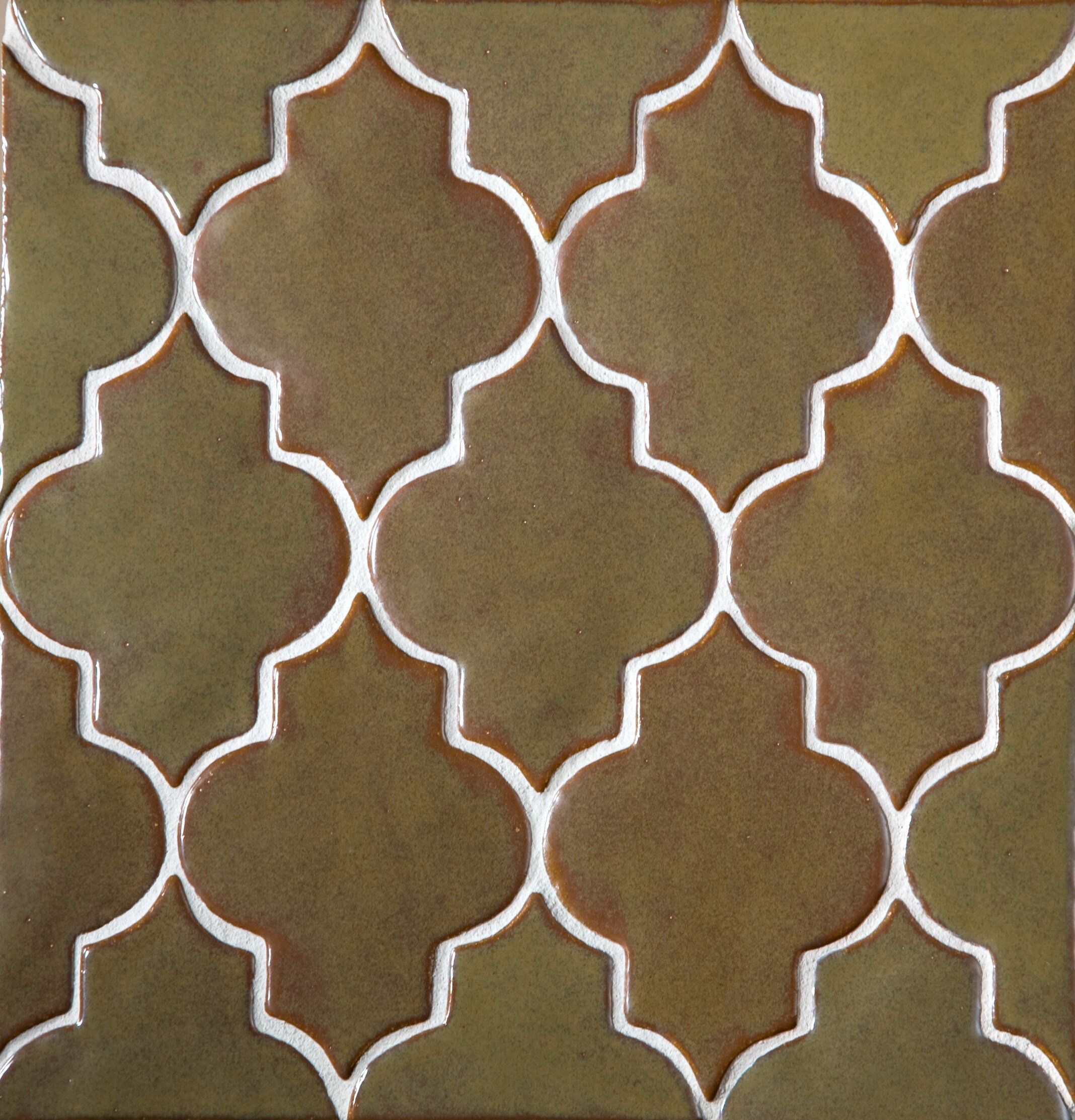
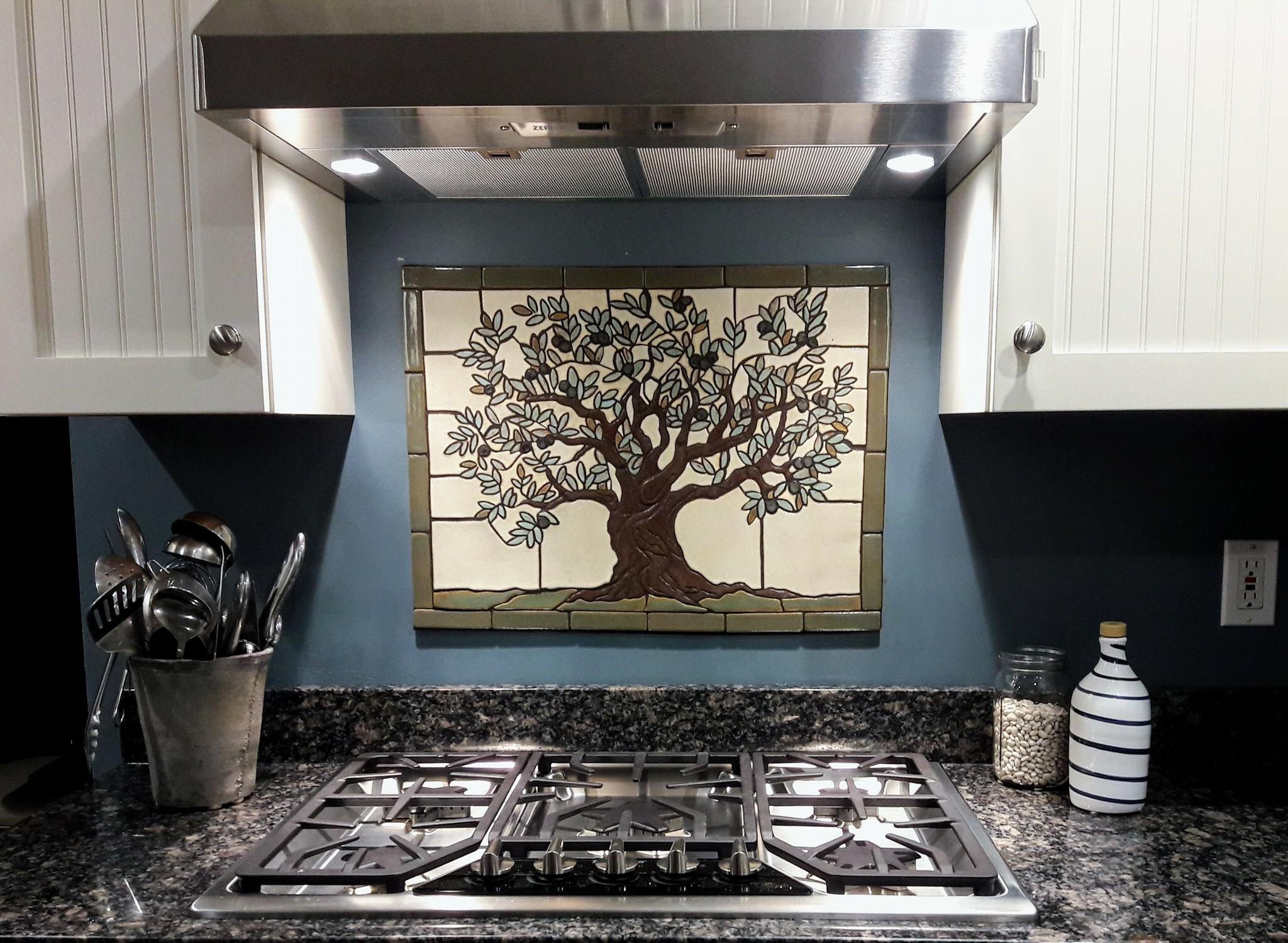


Pick the Perfect Color Palette Using the 60-30-10 Rule